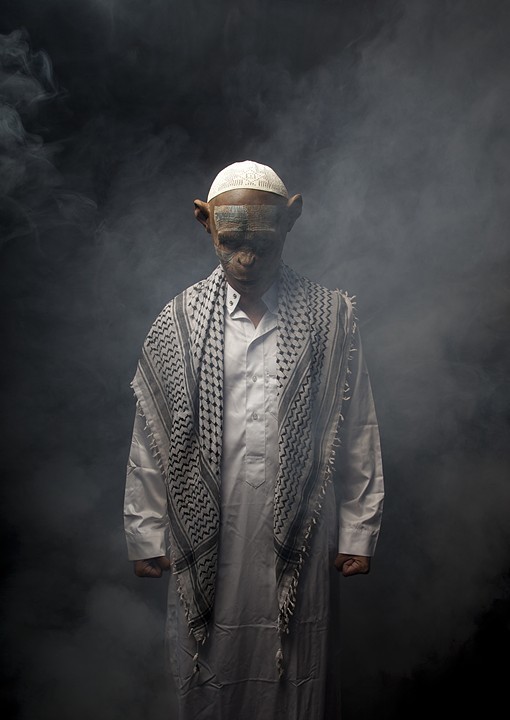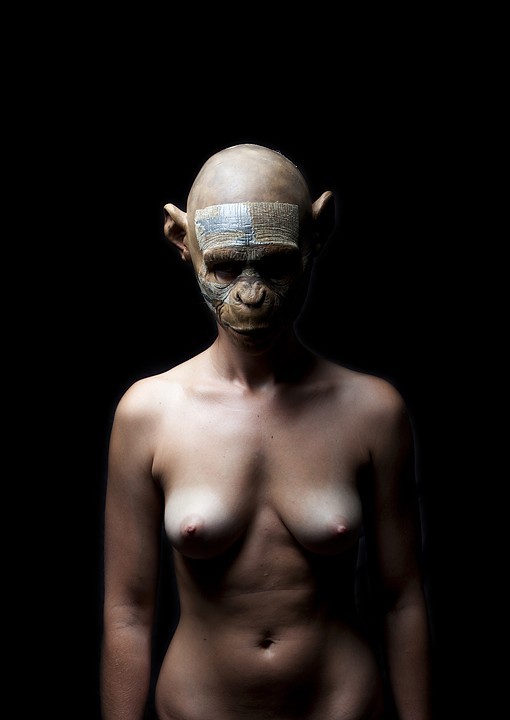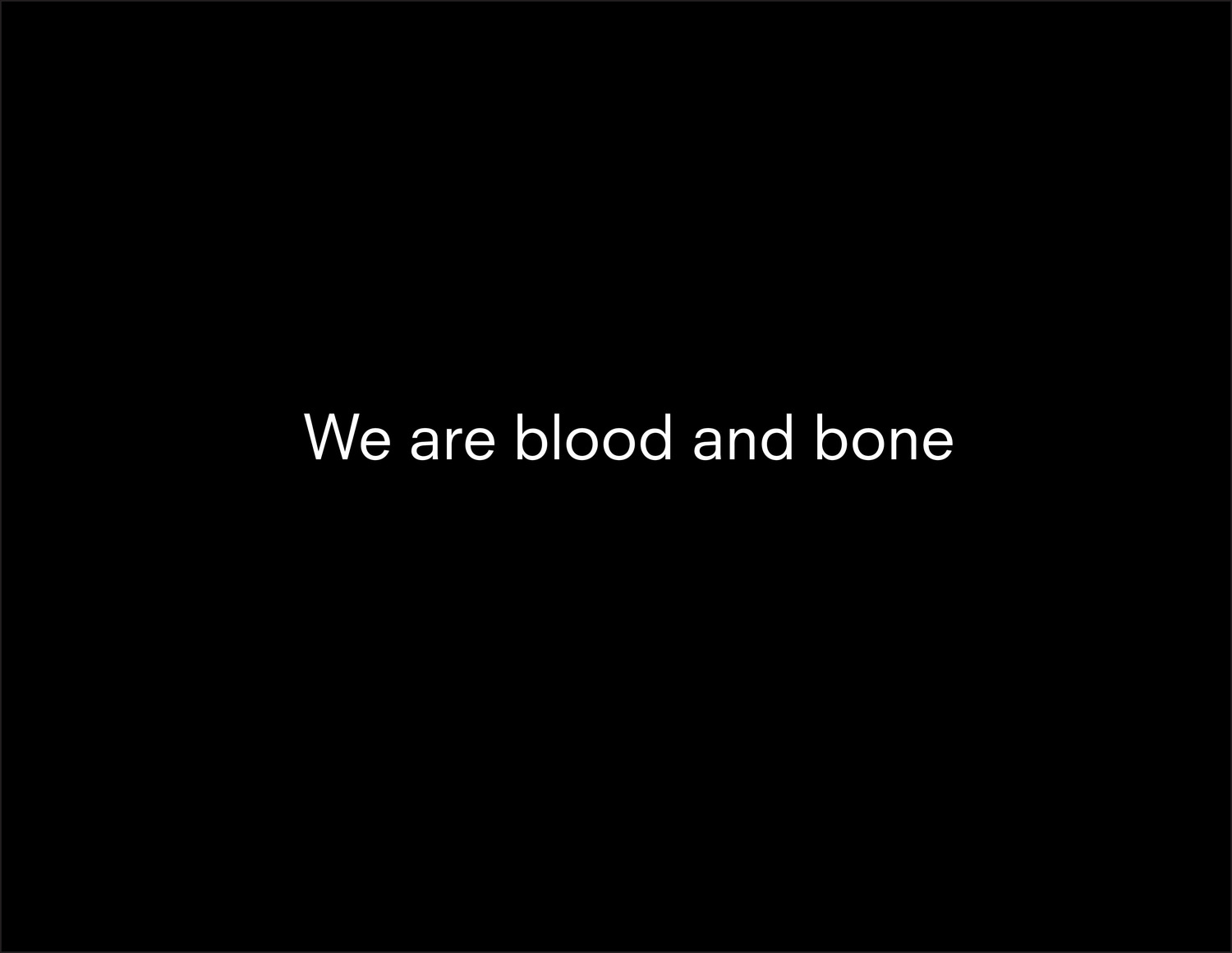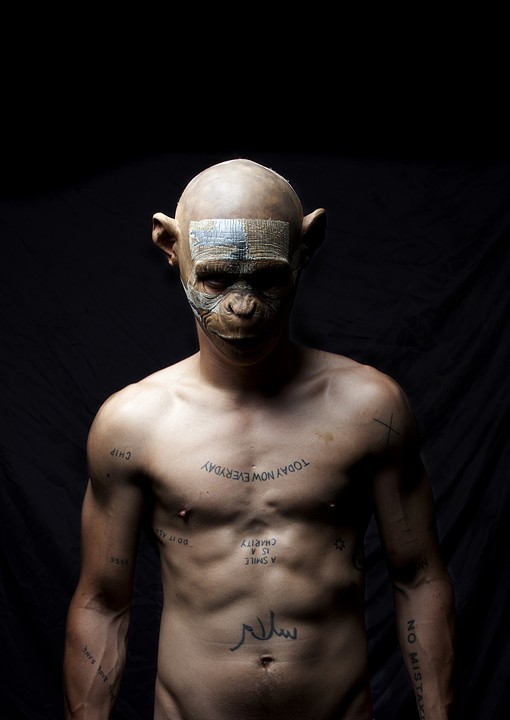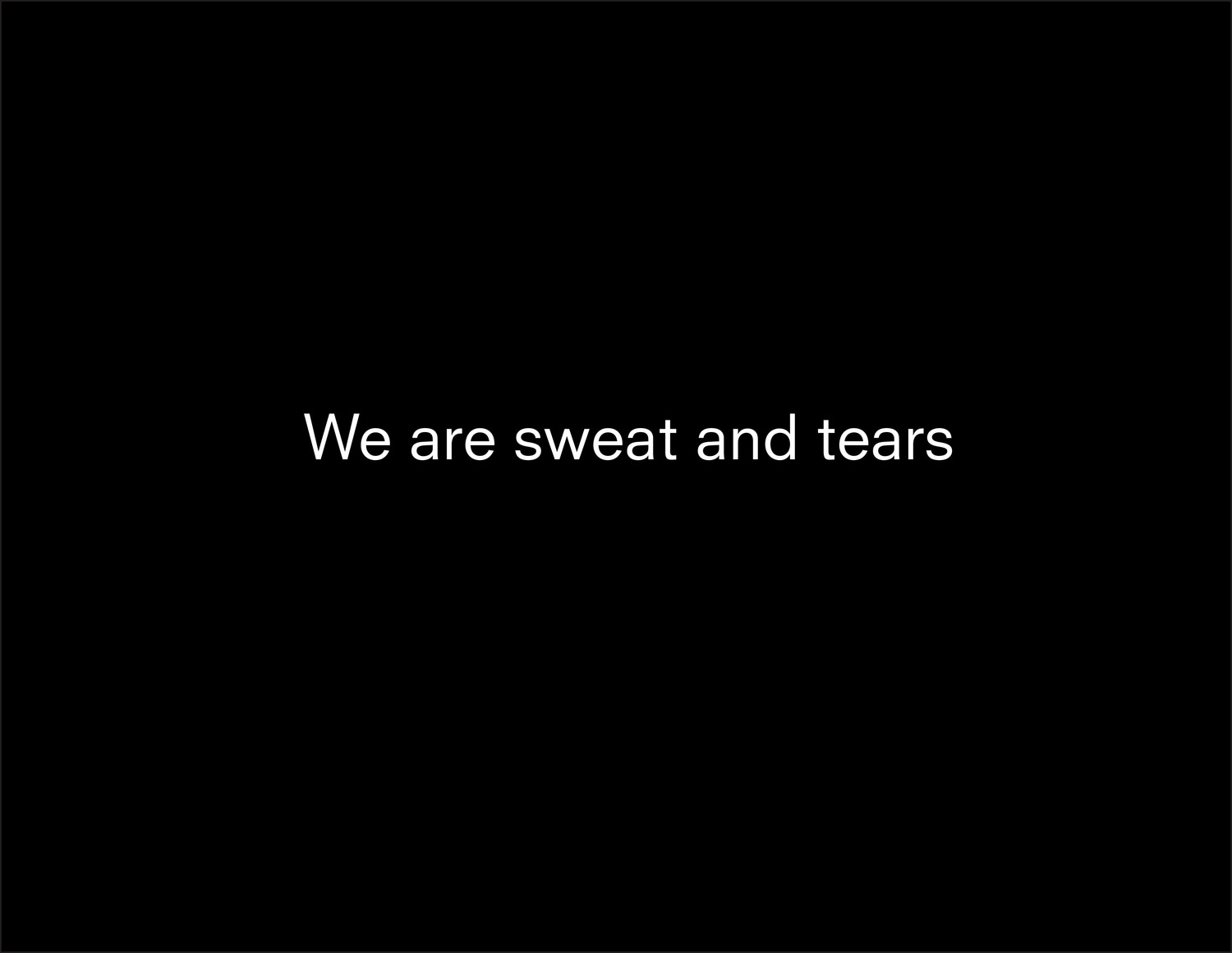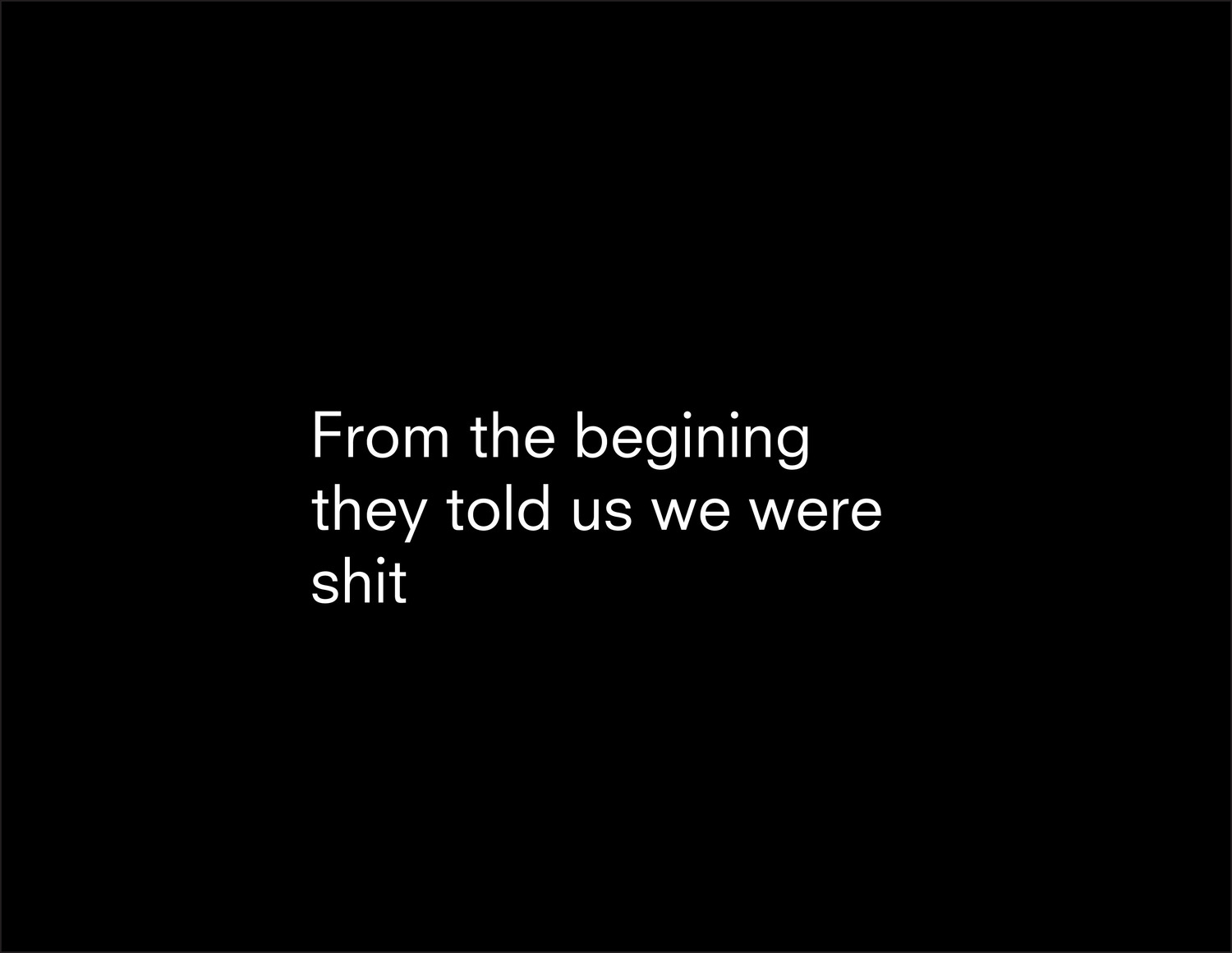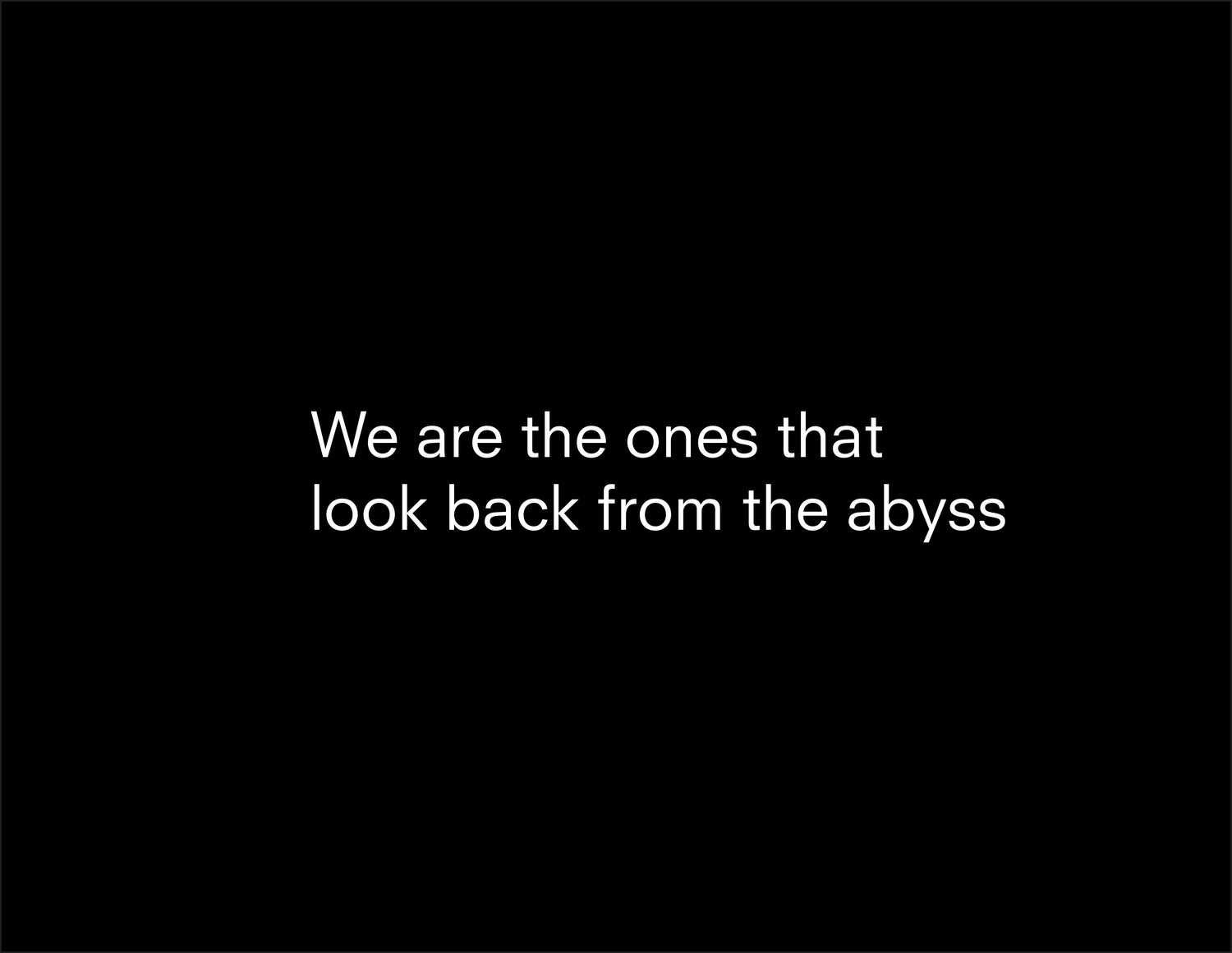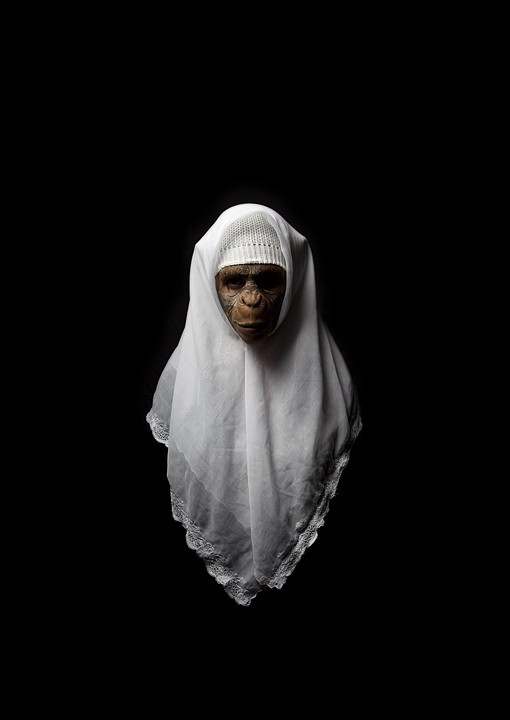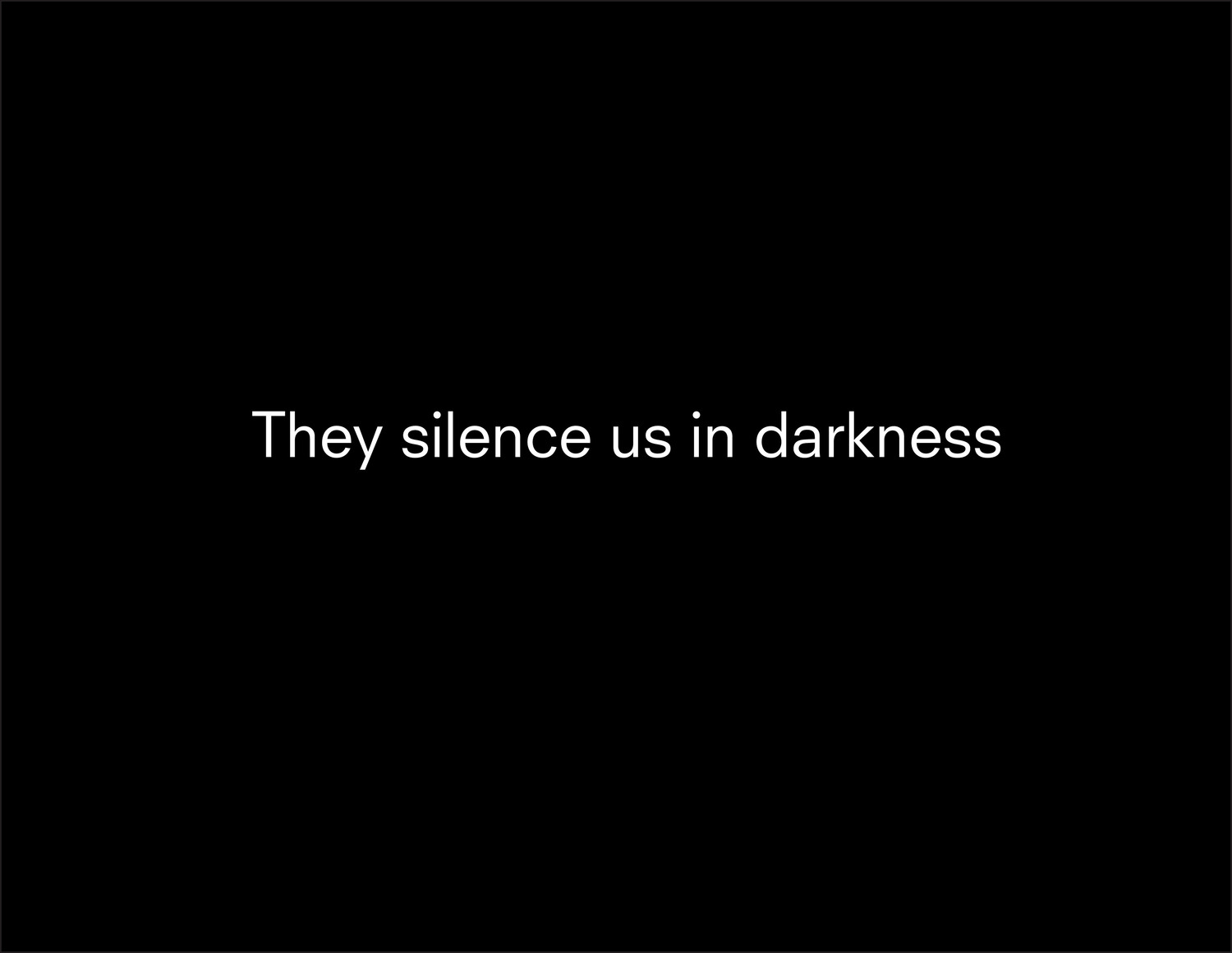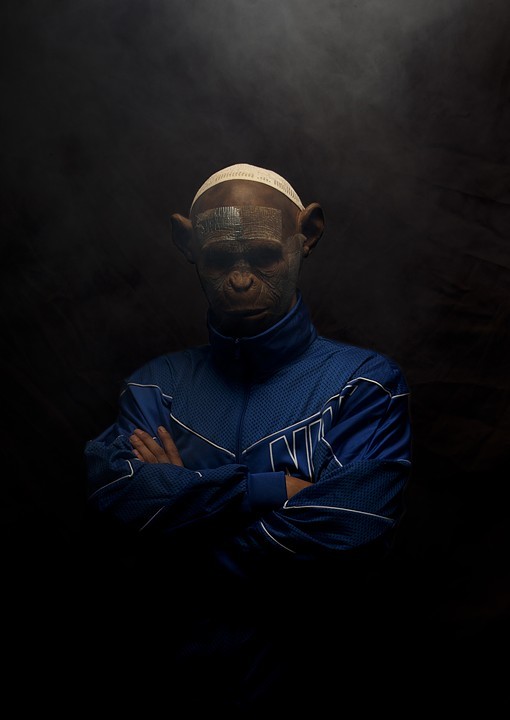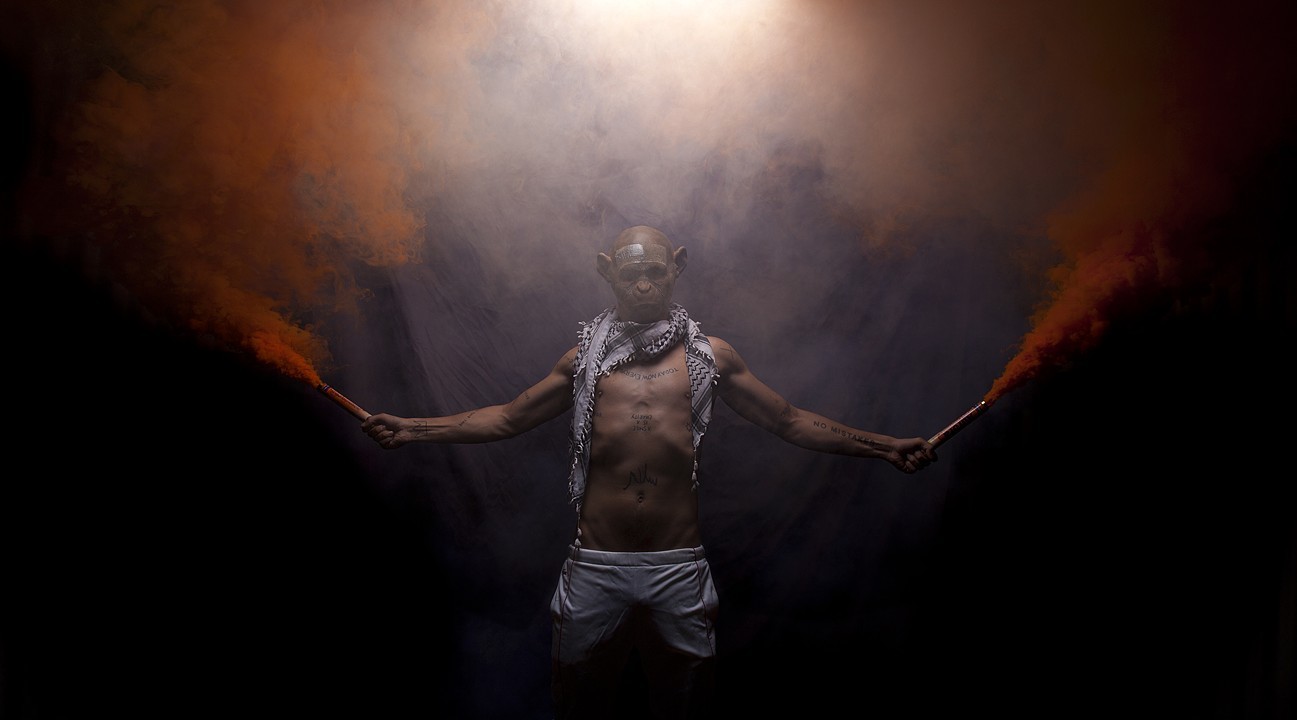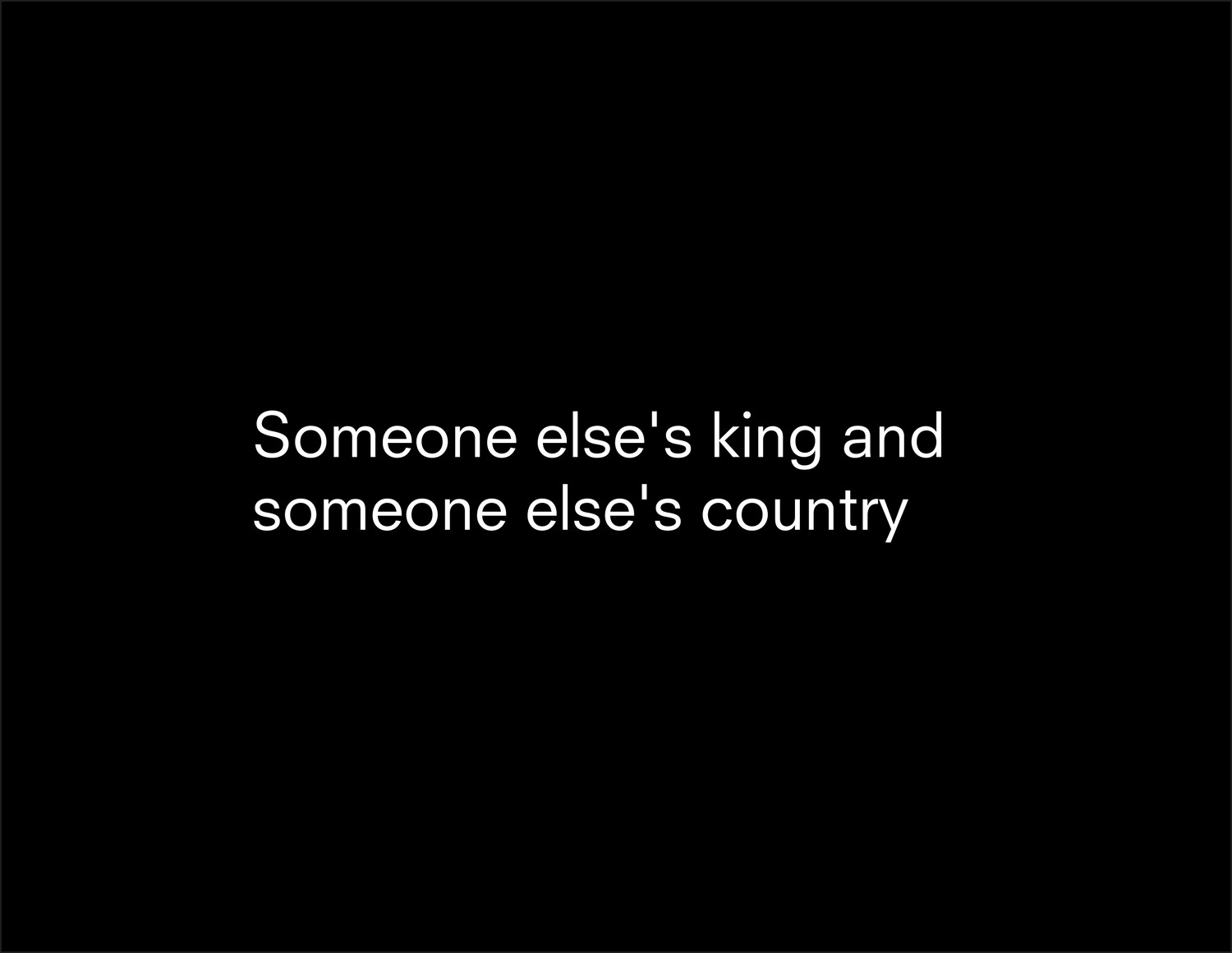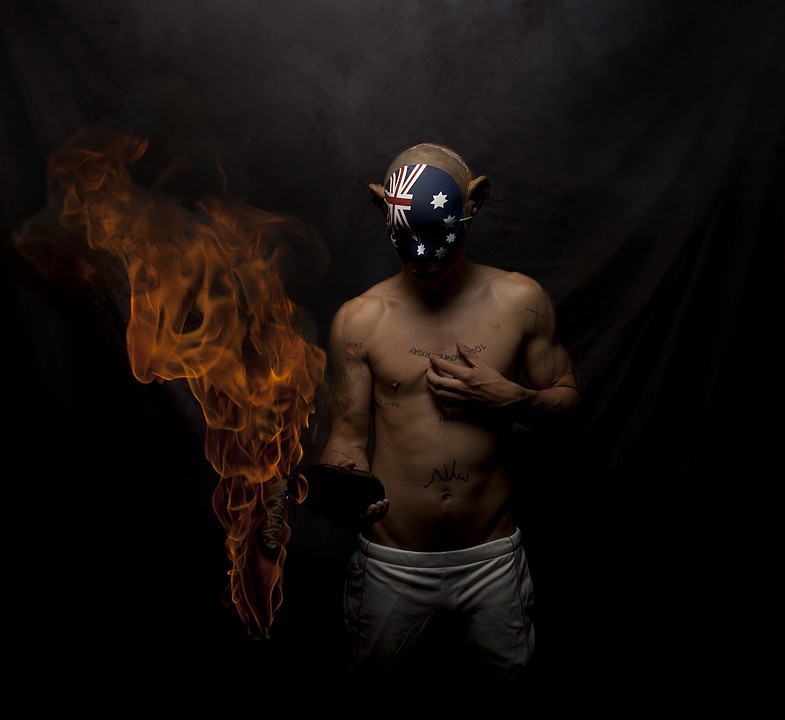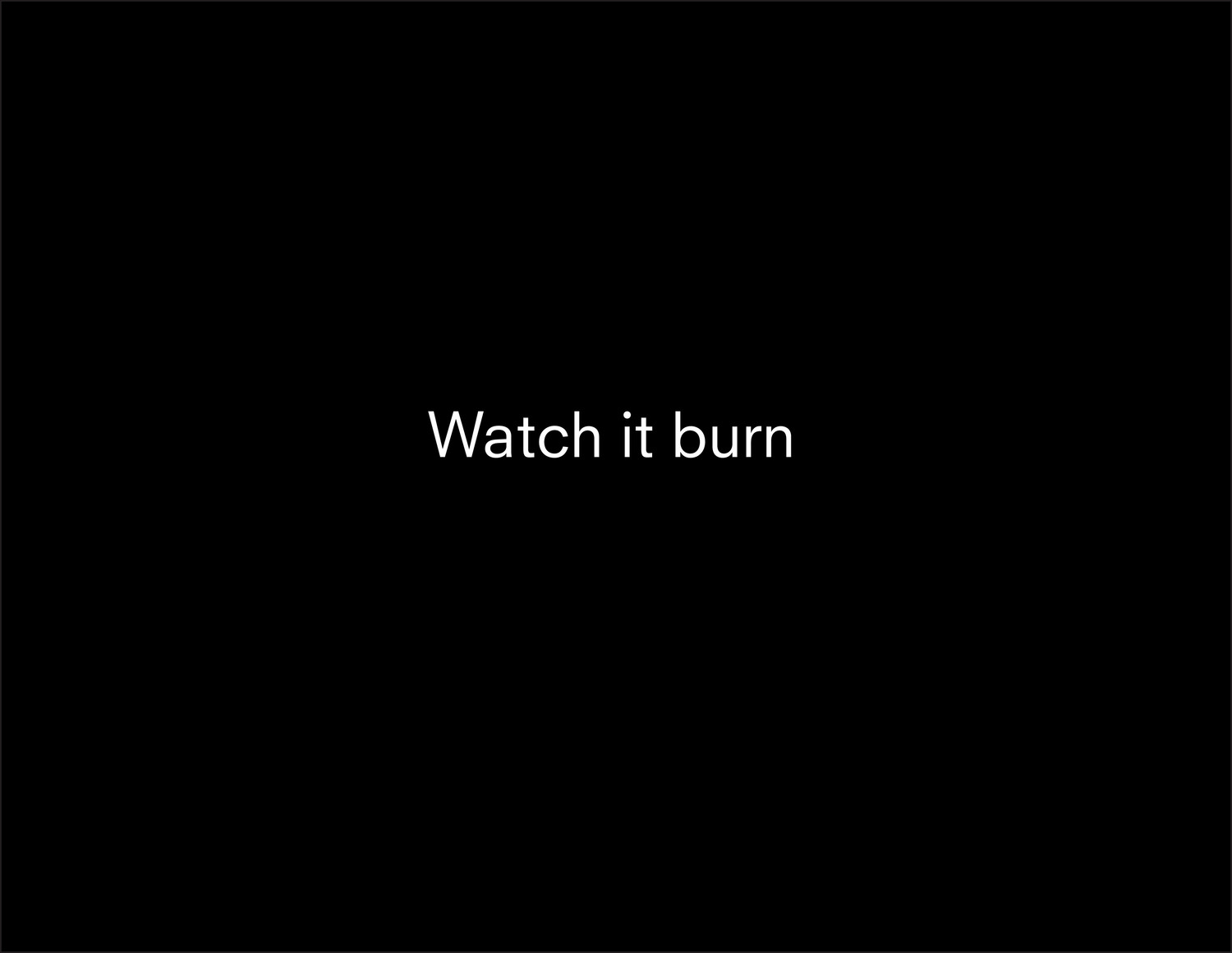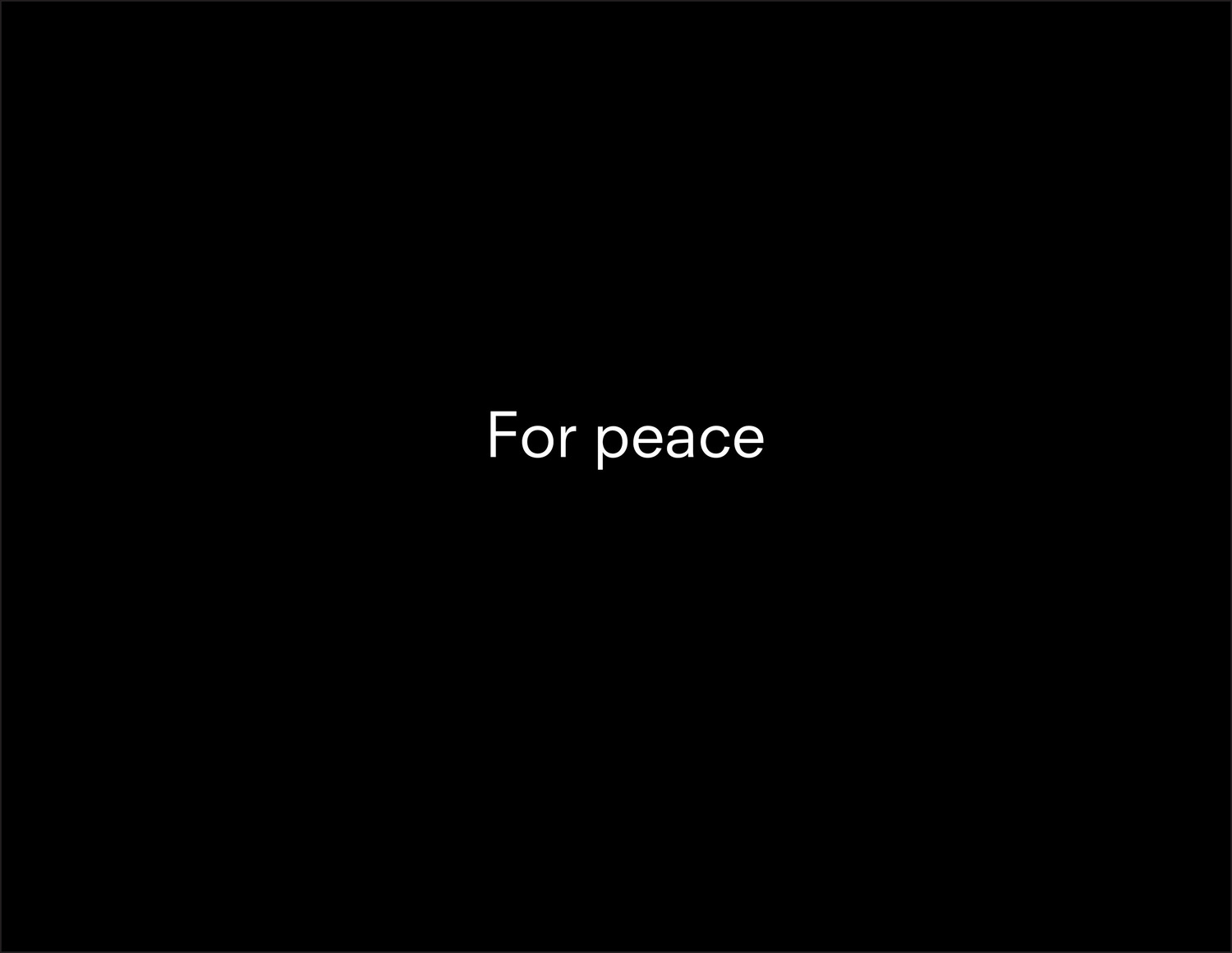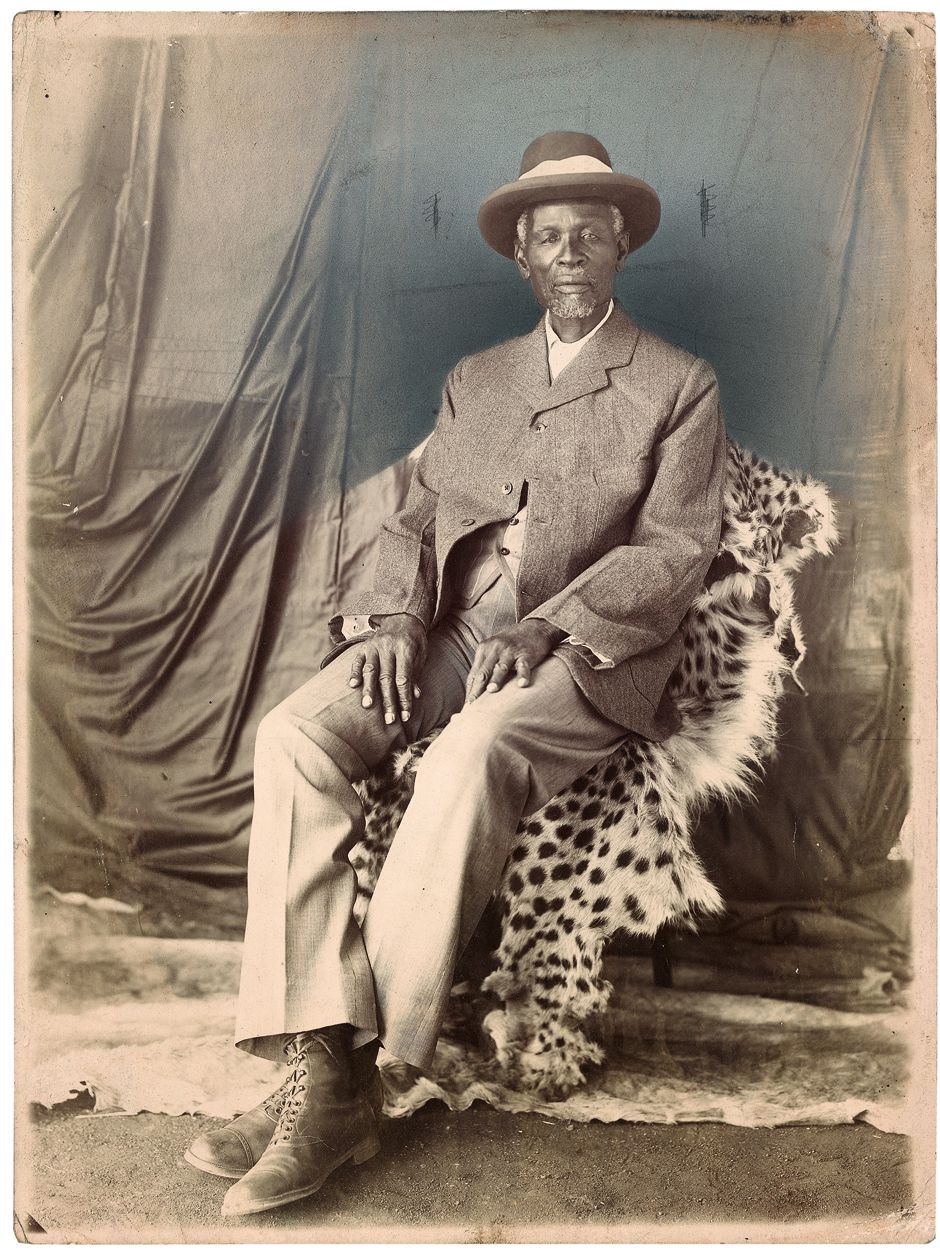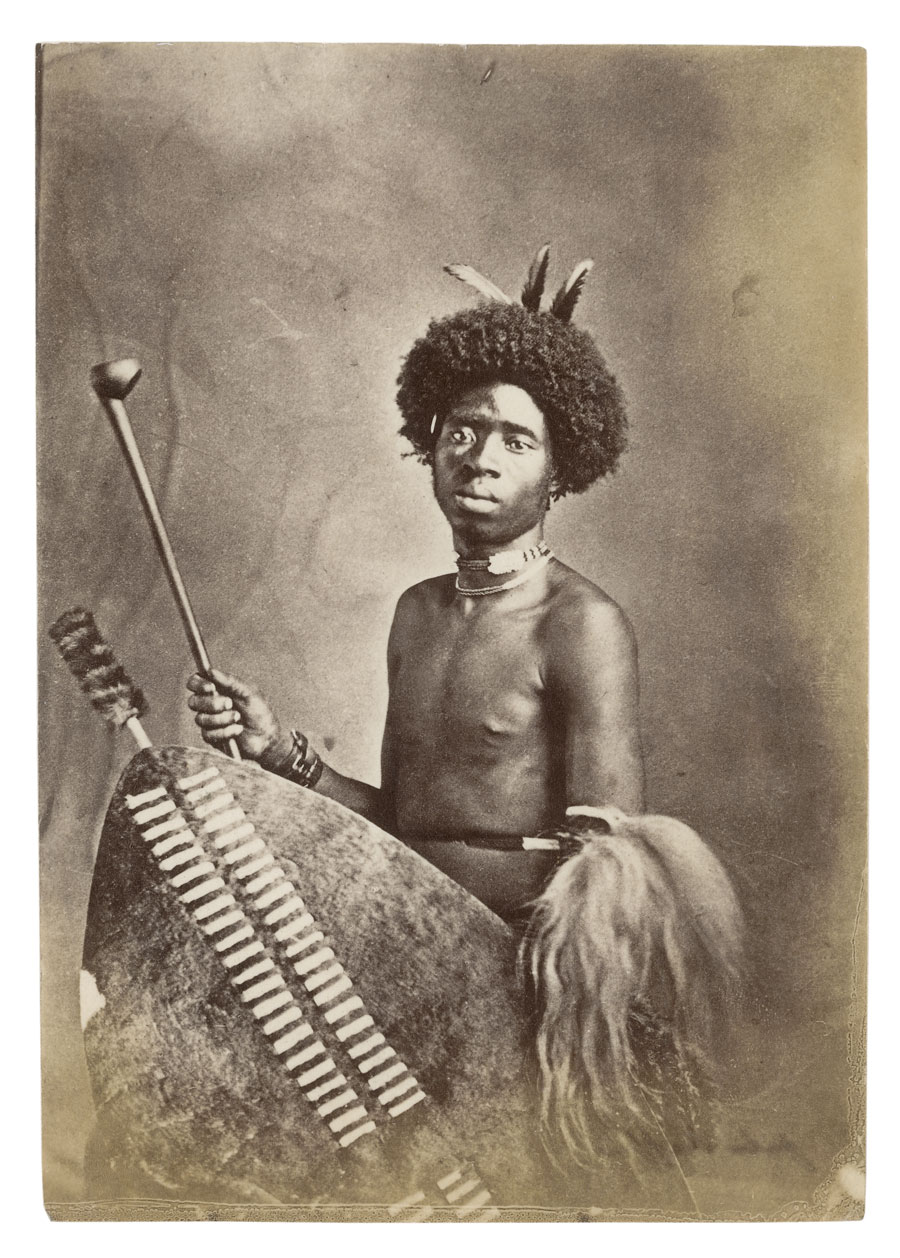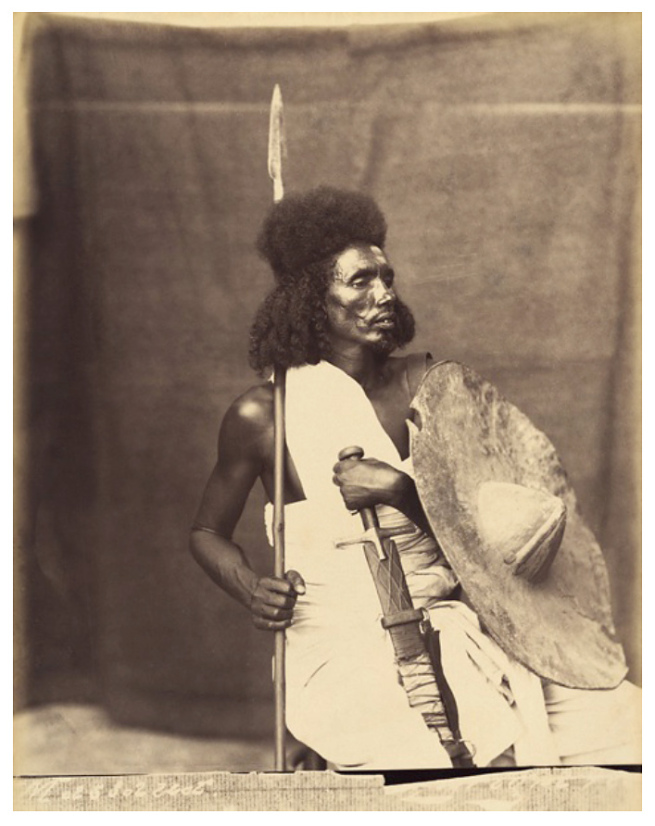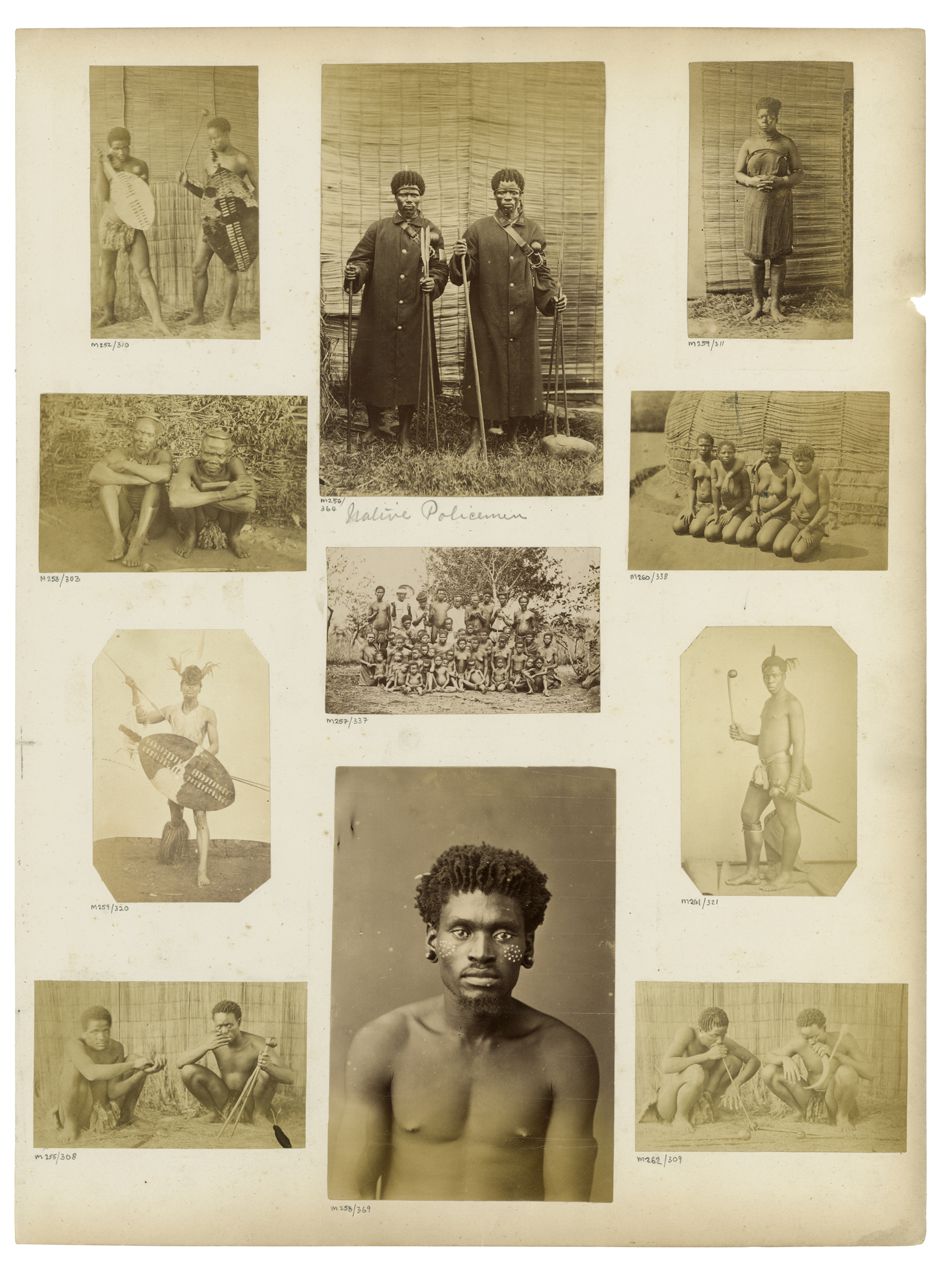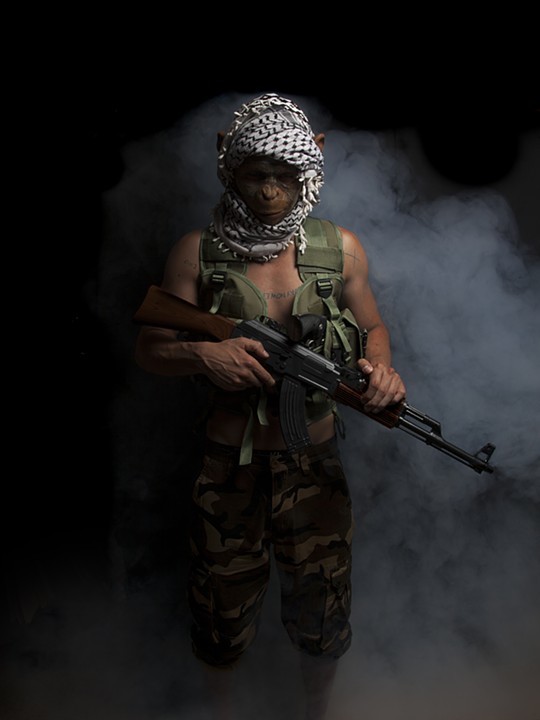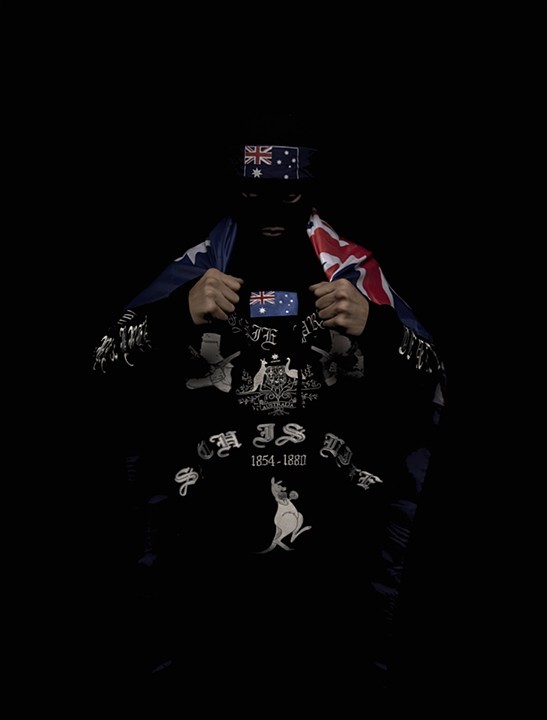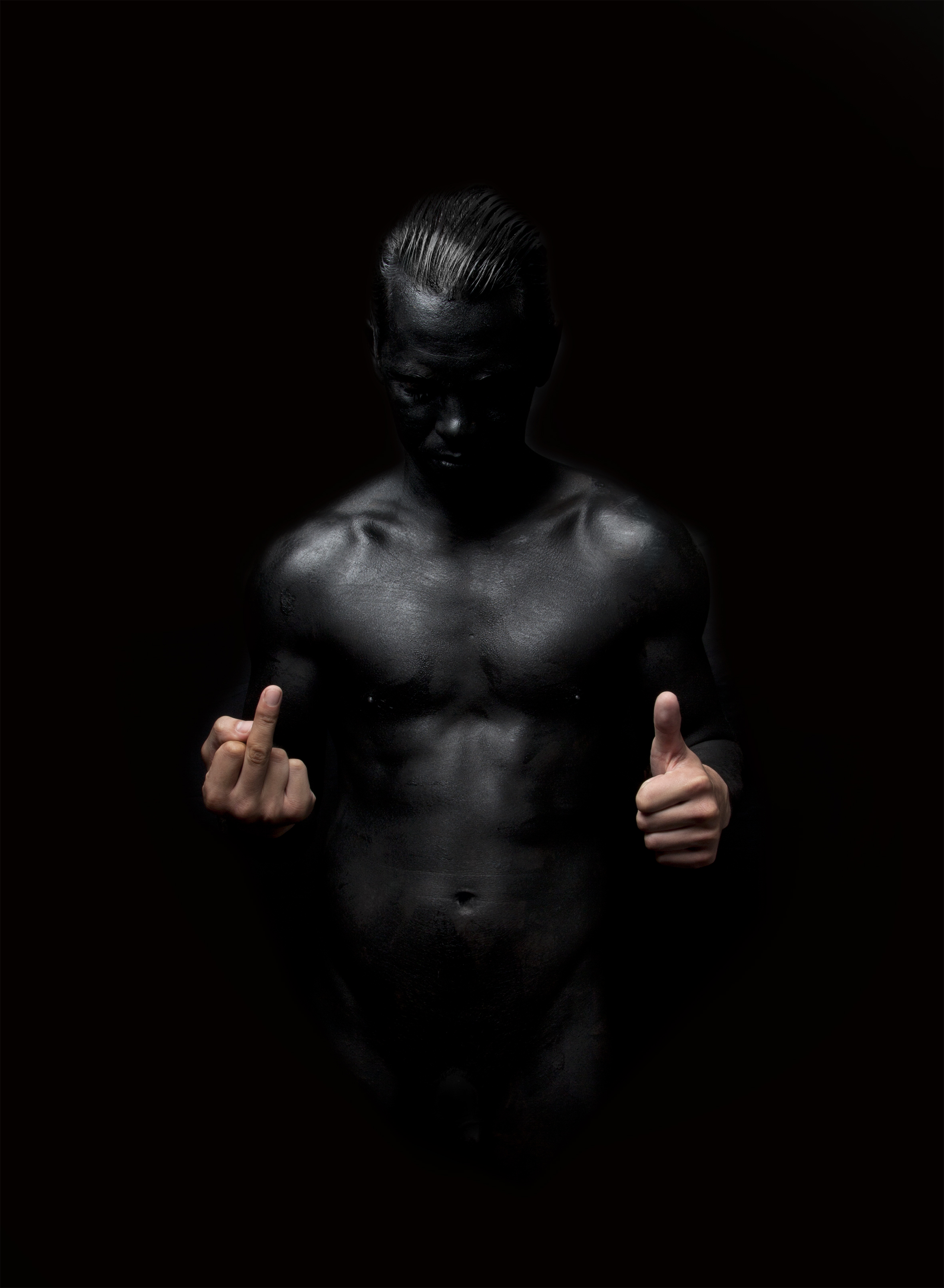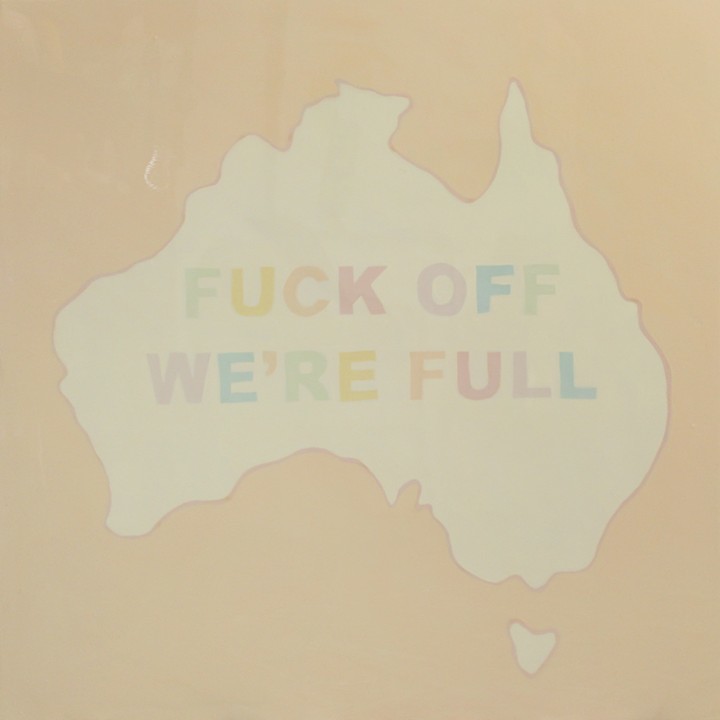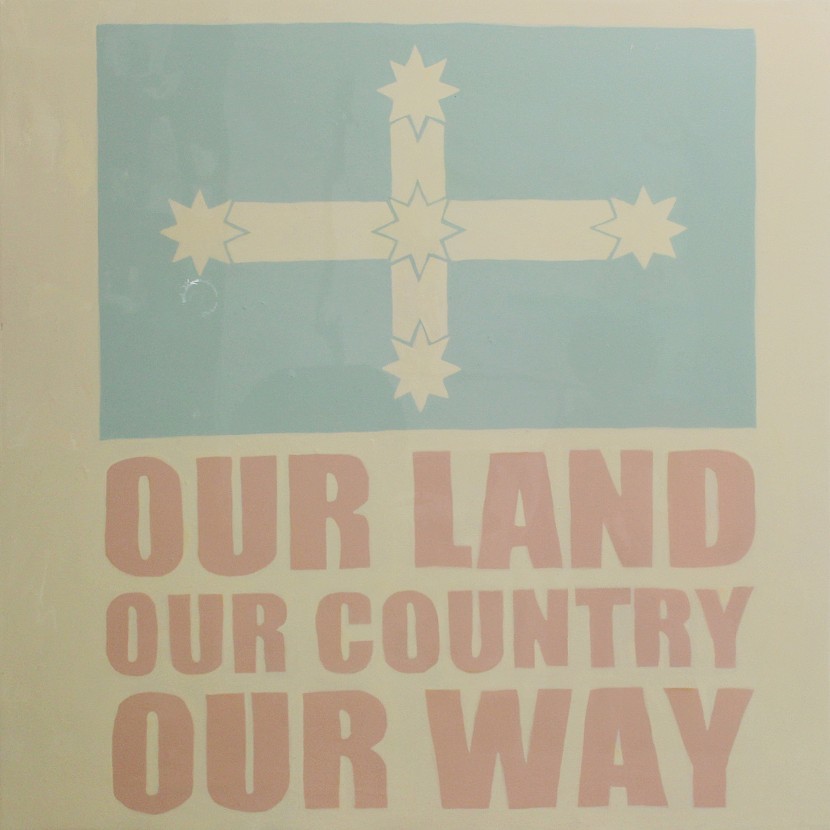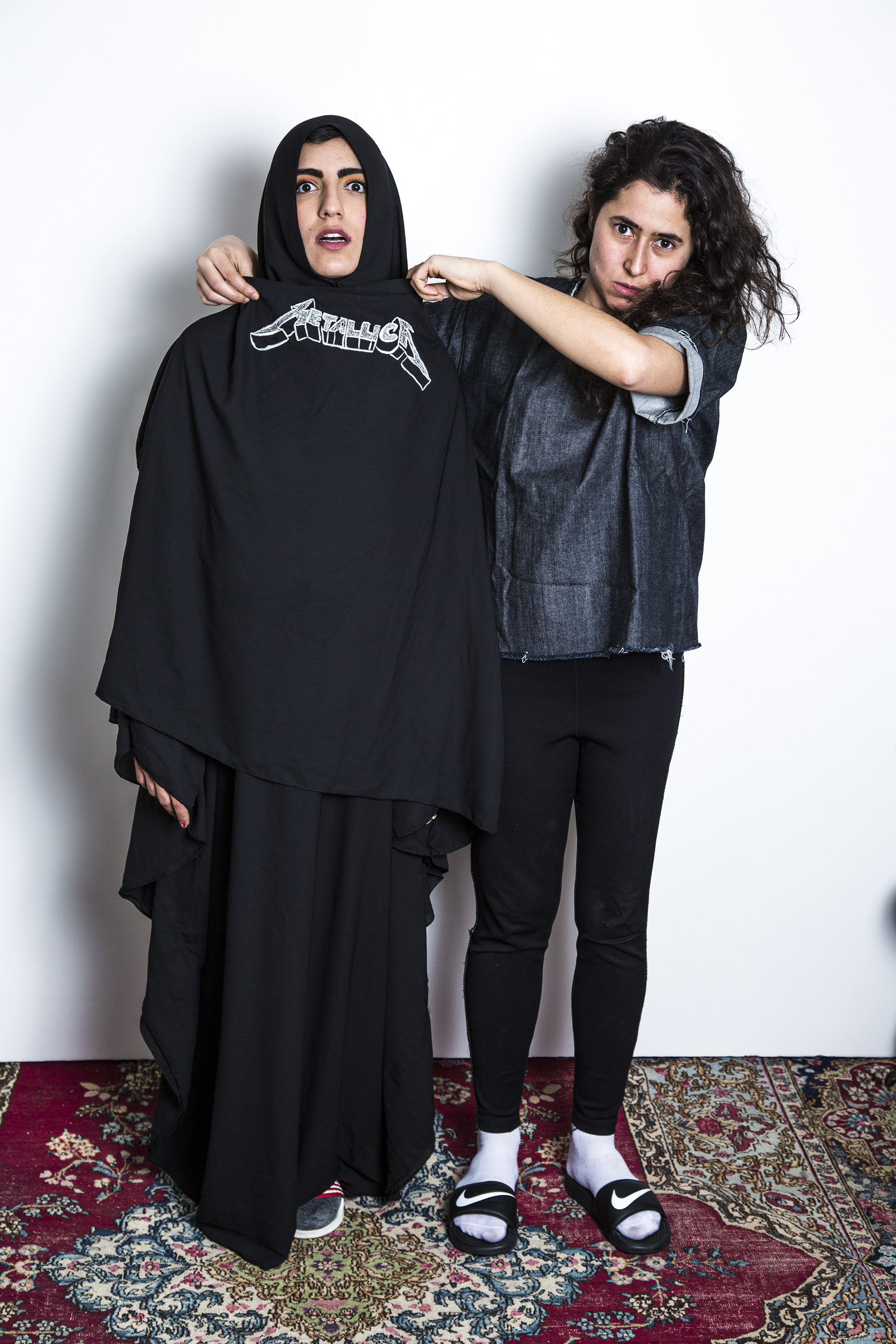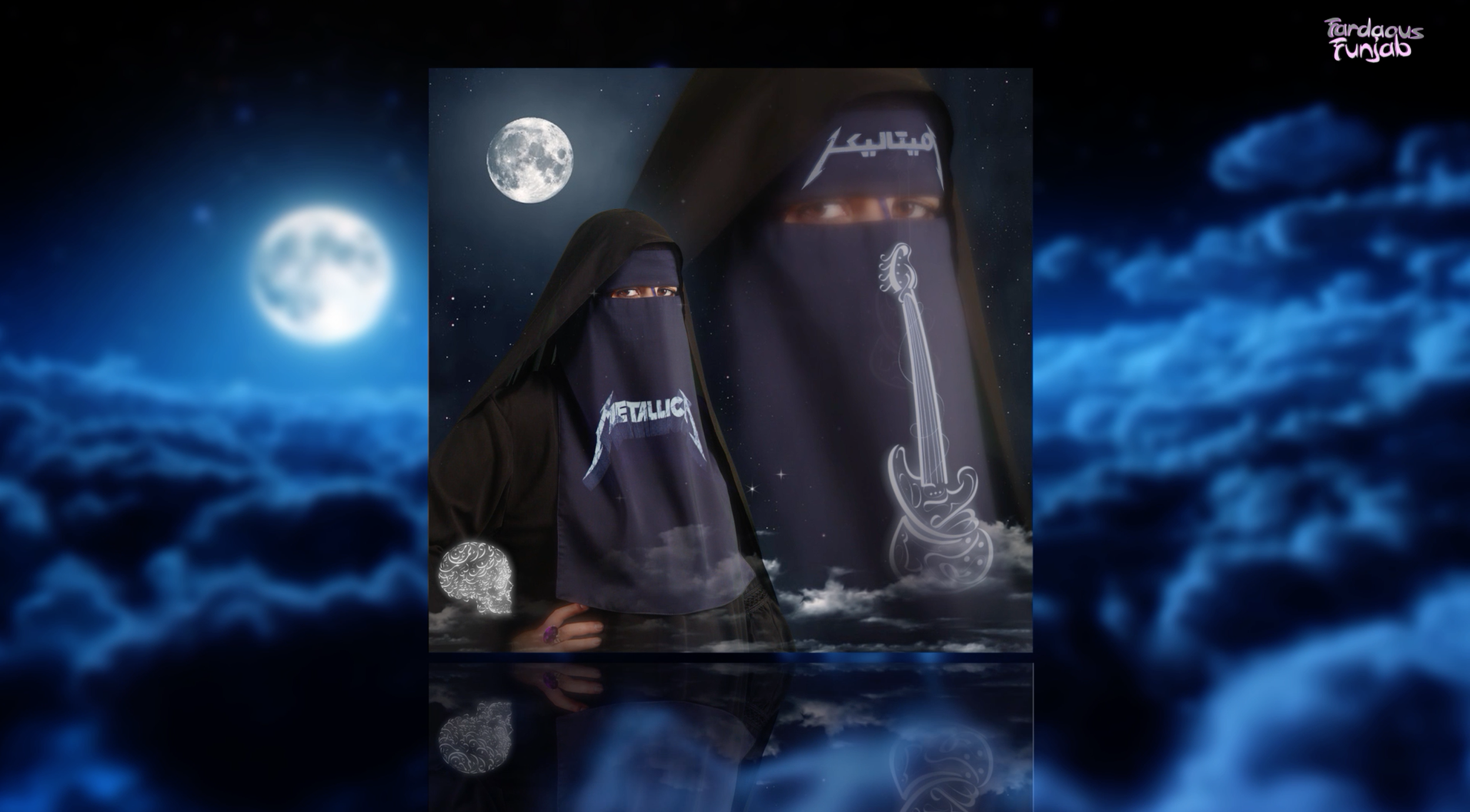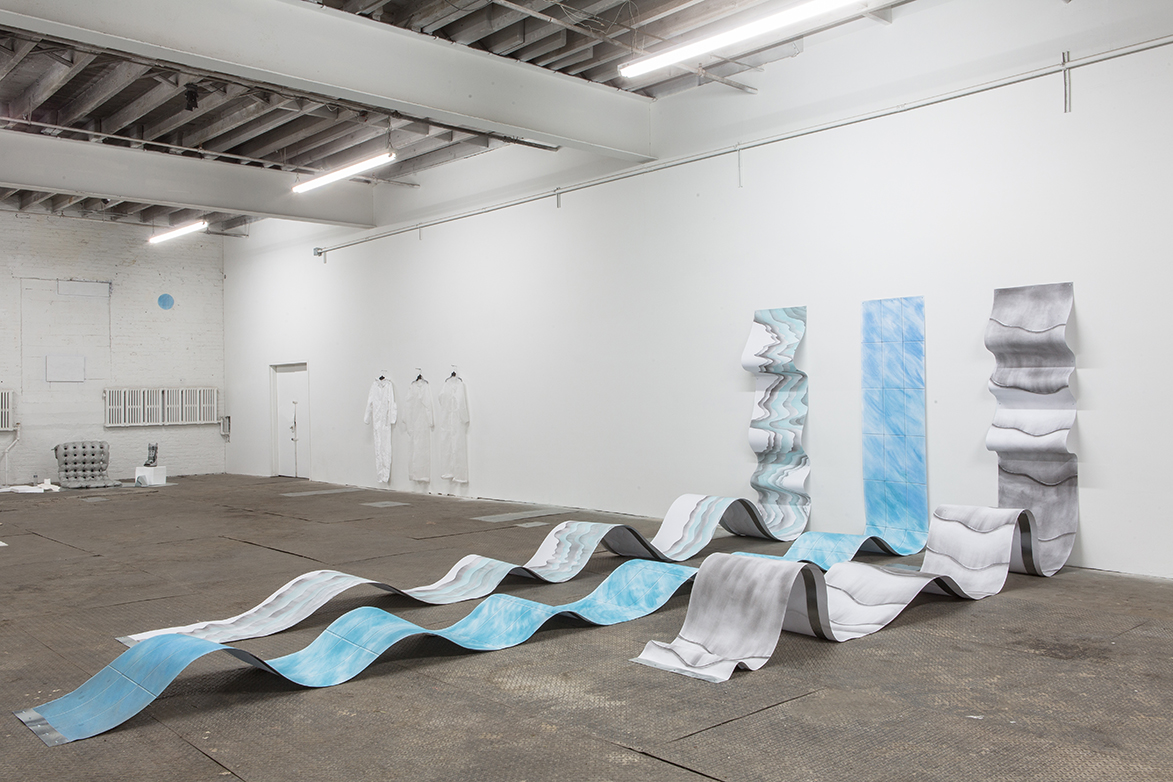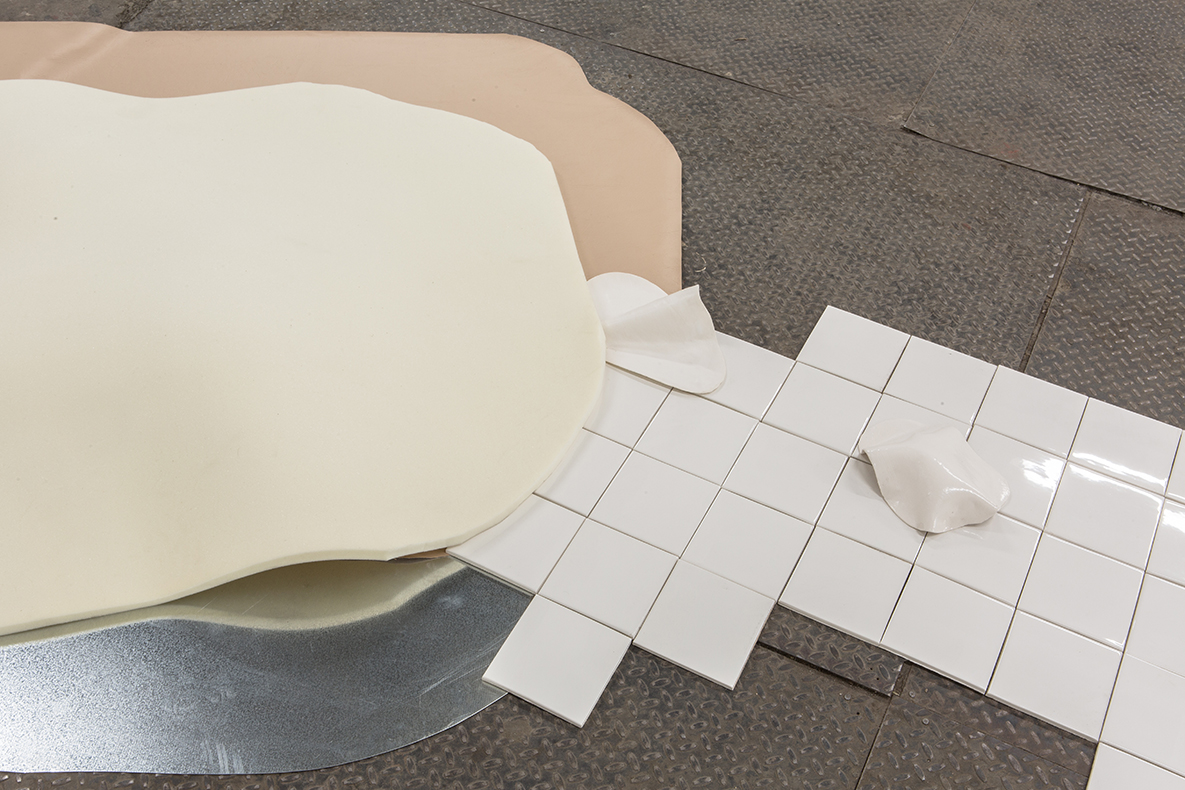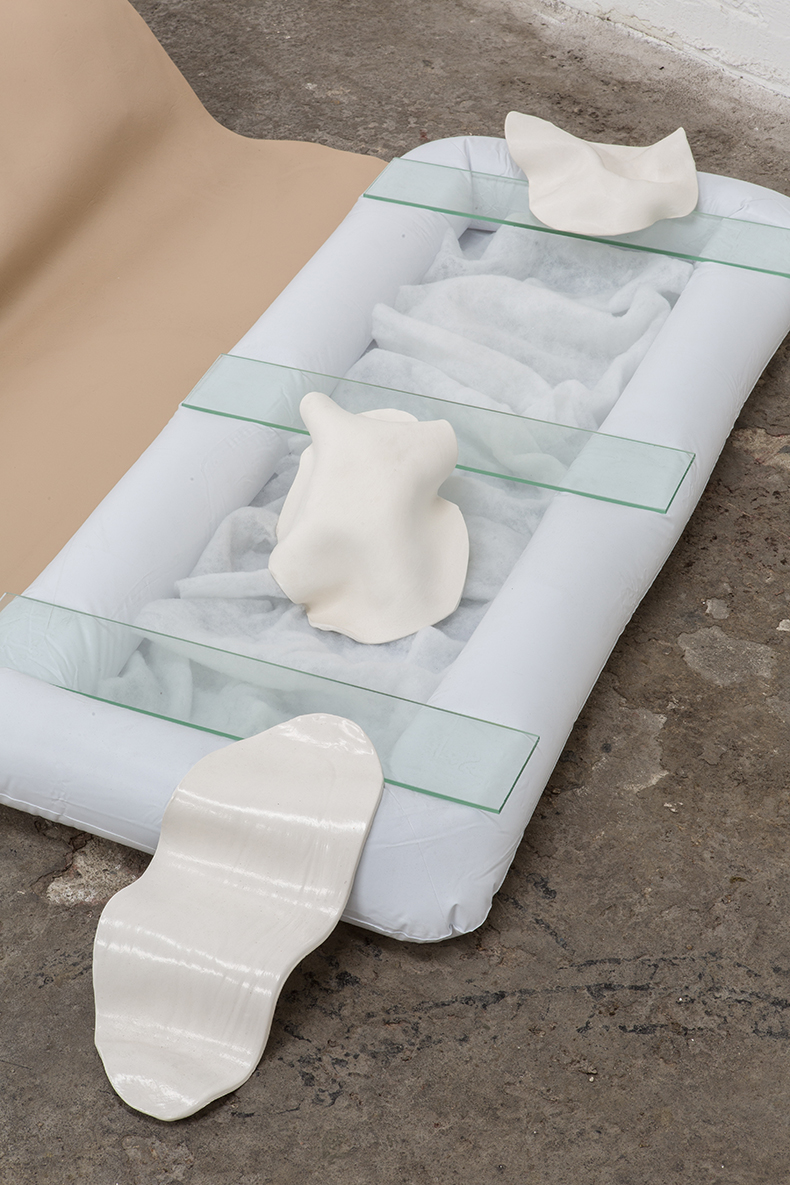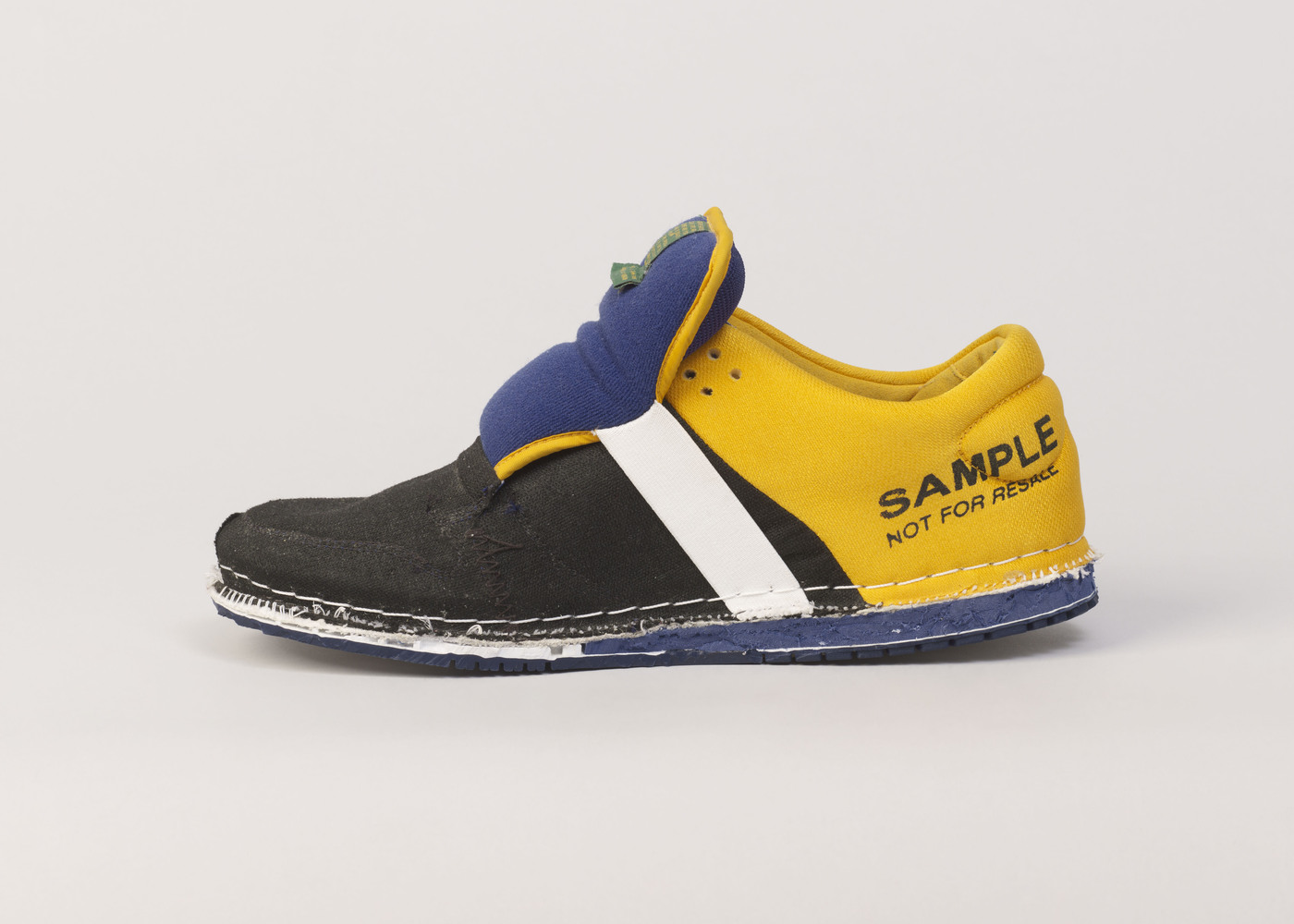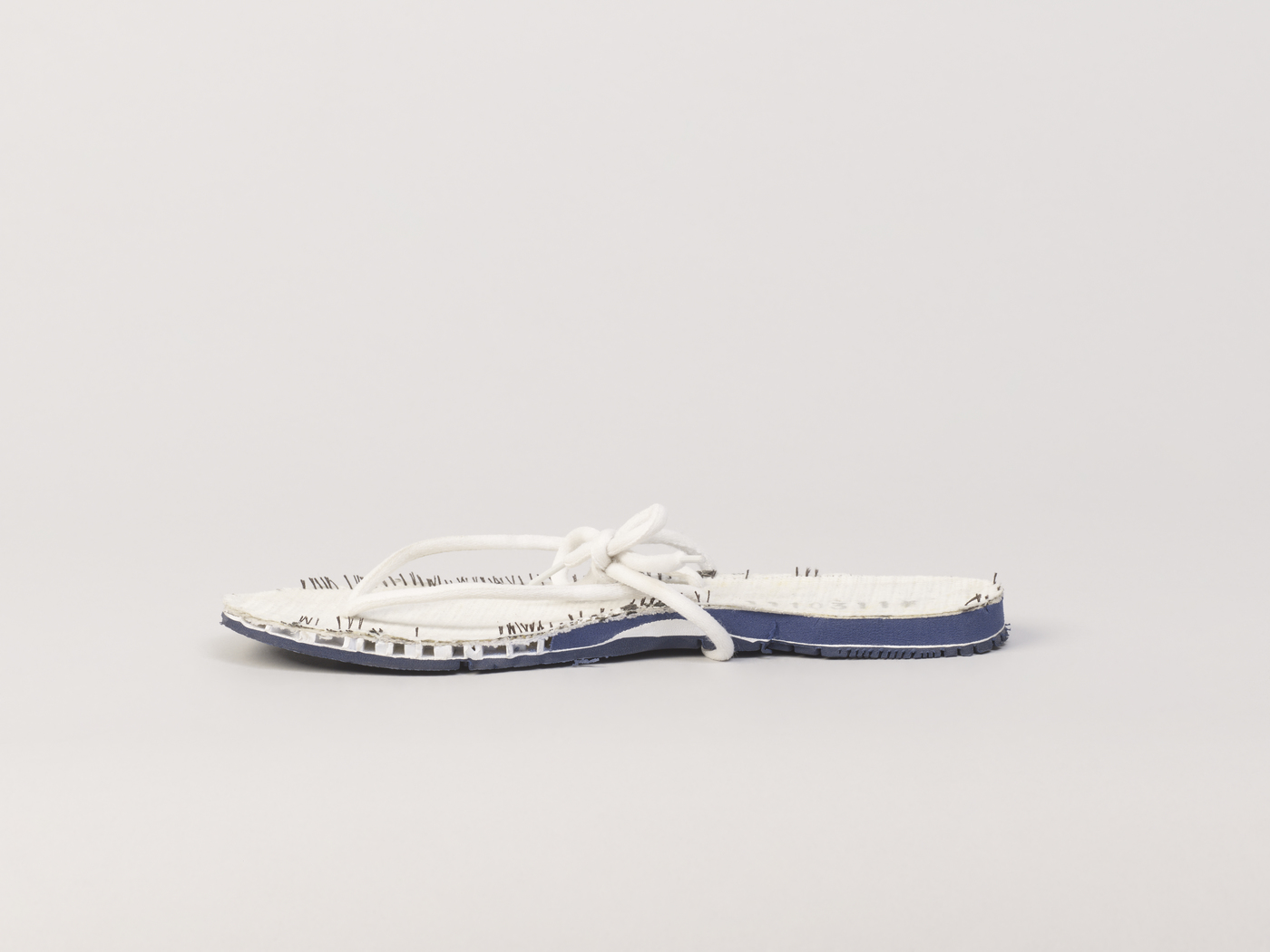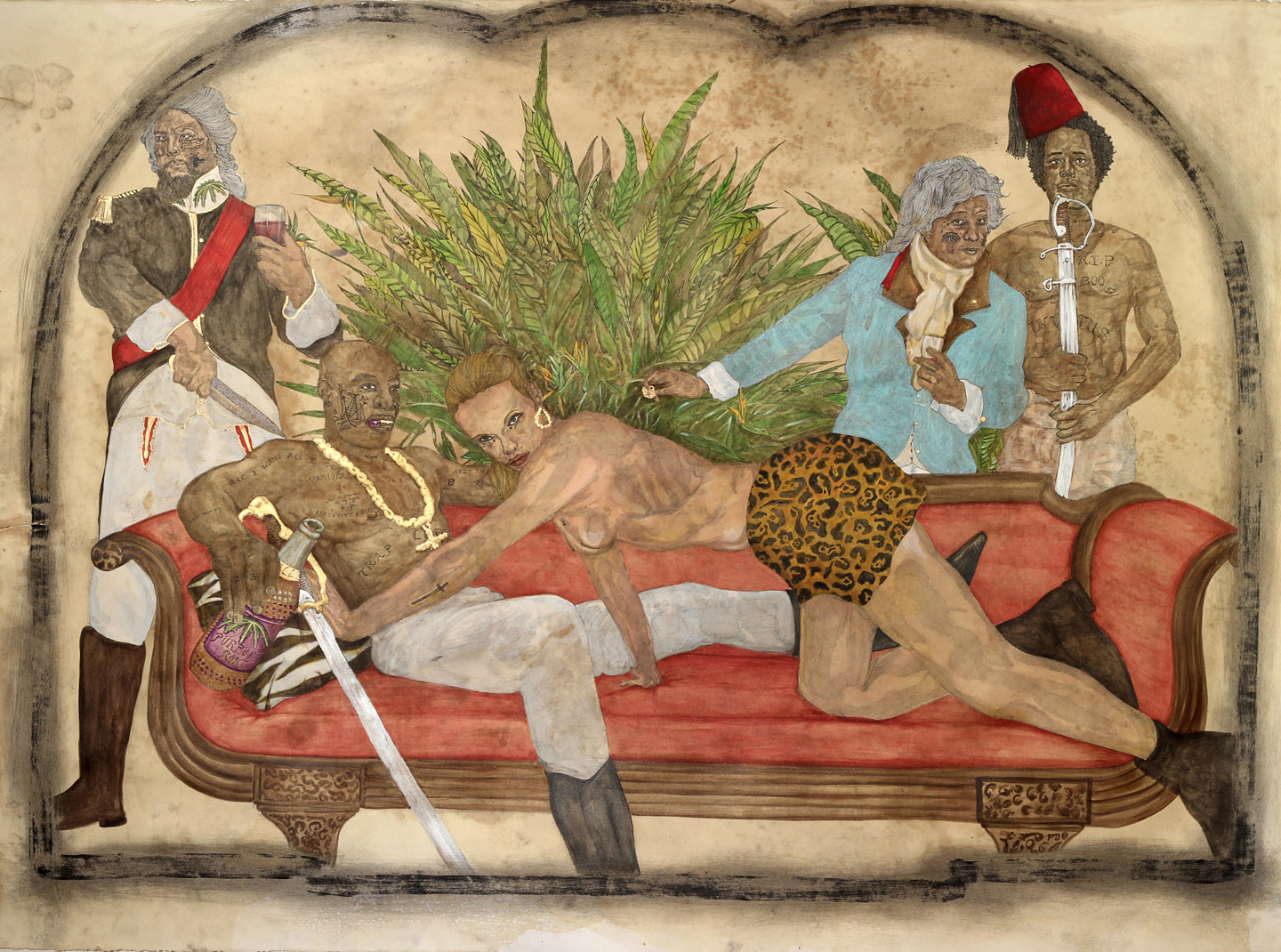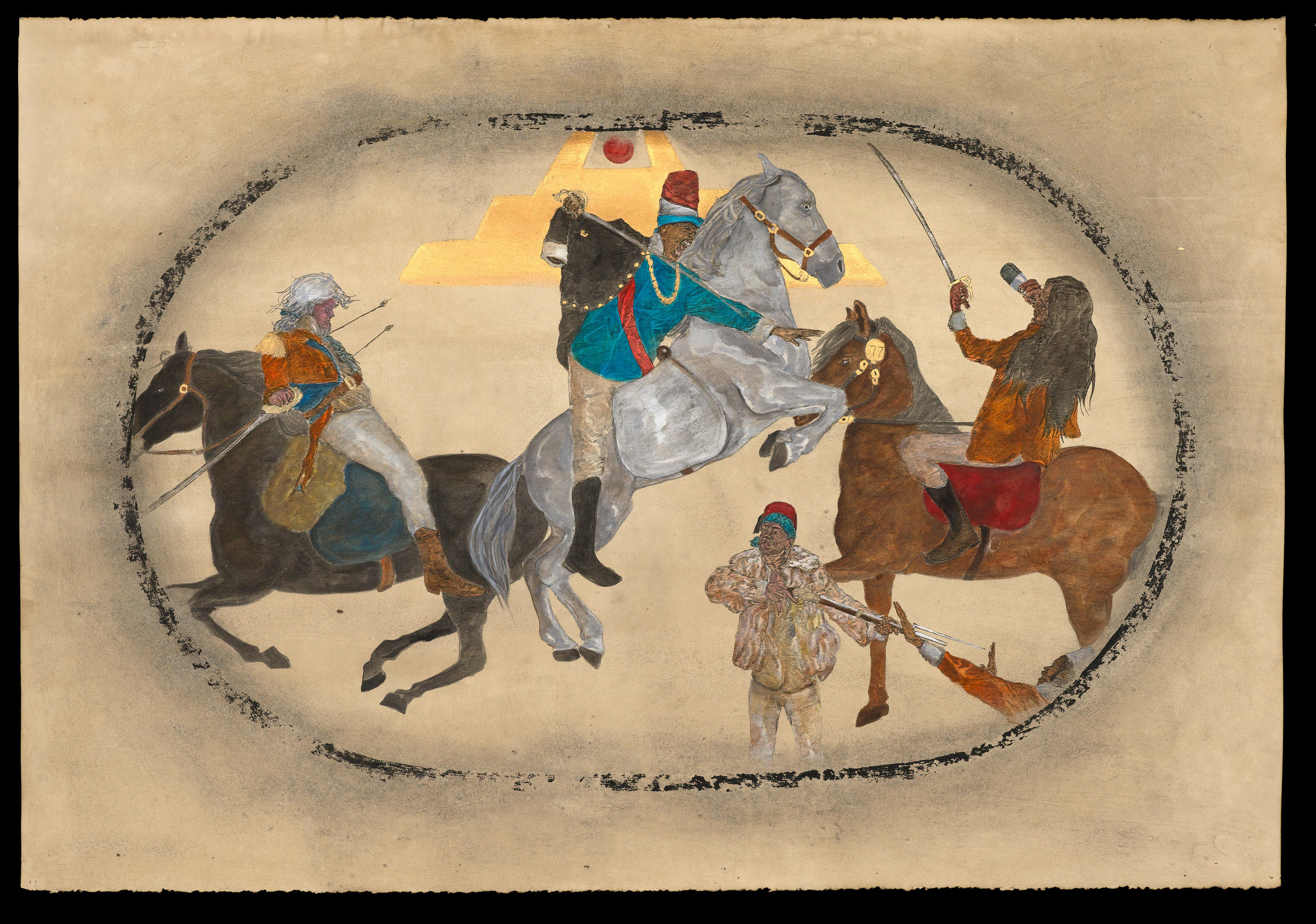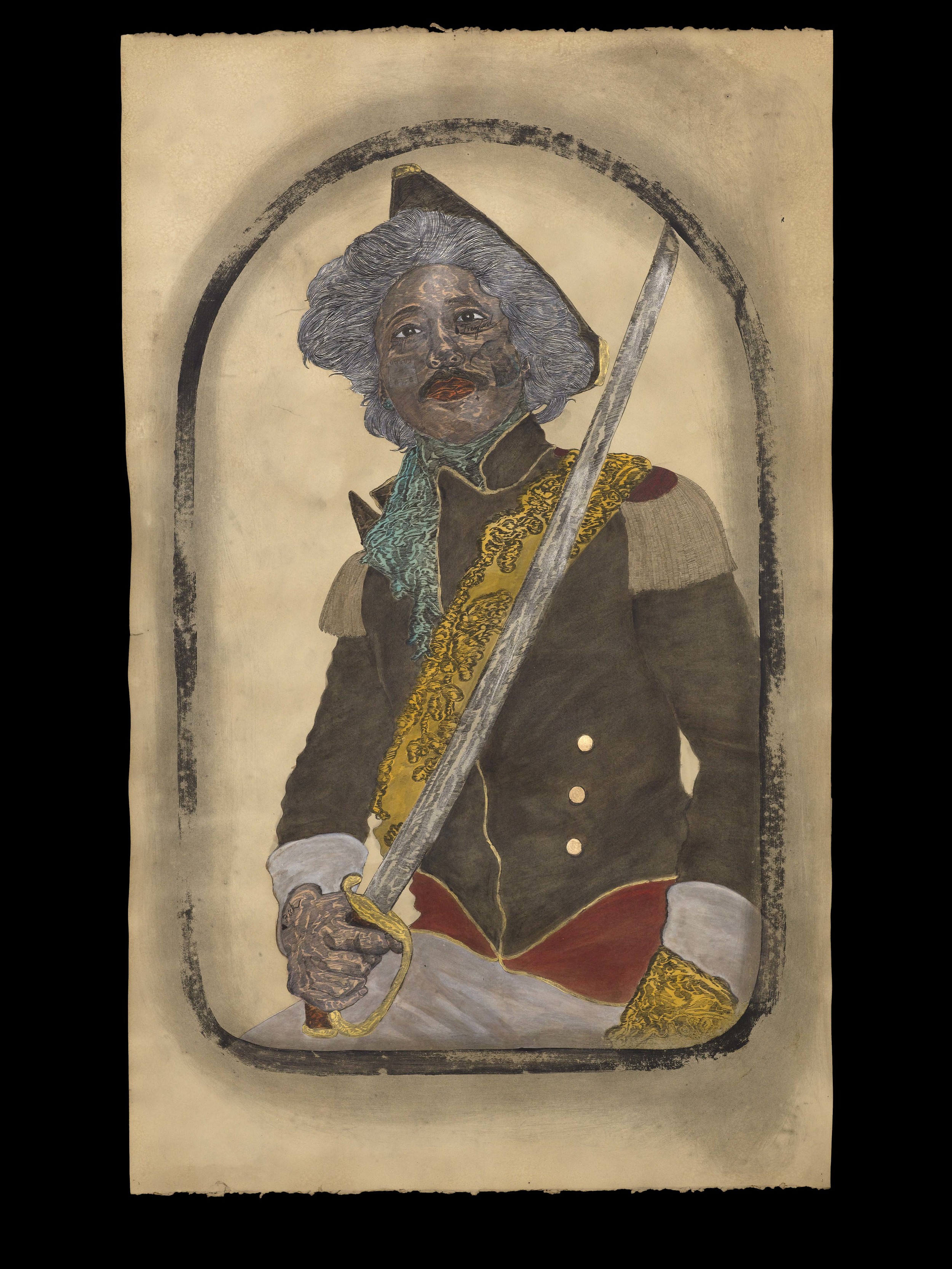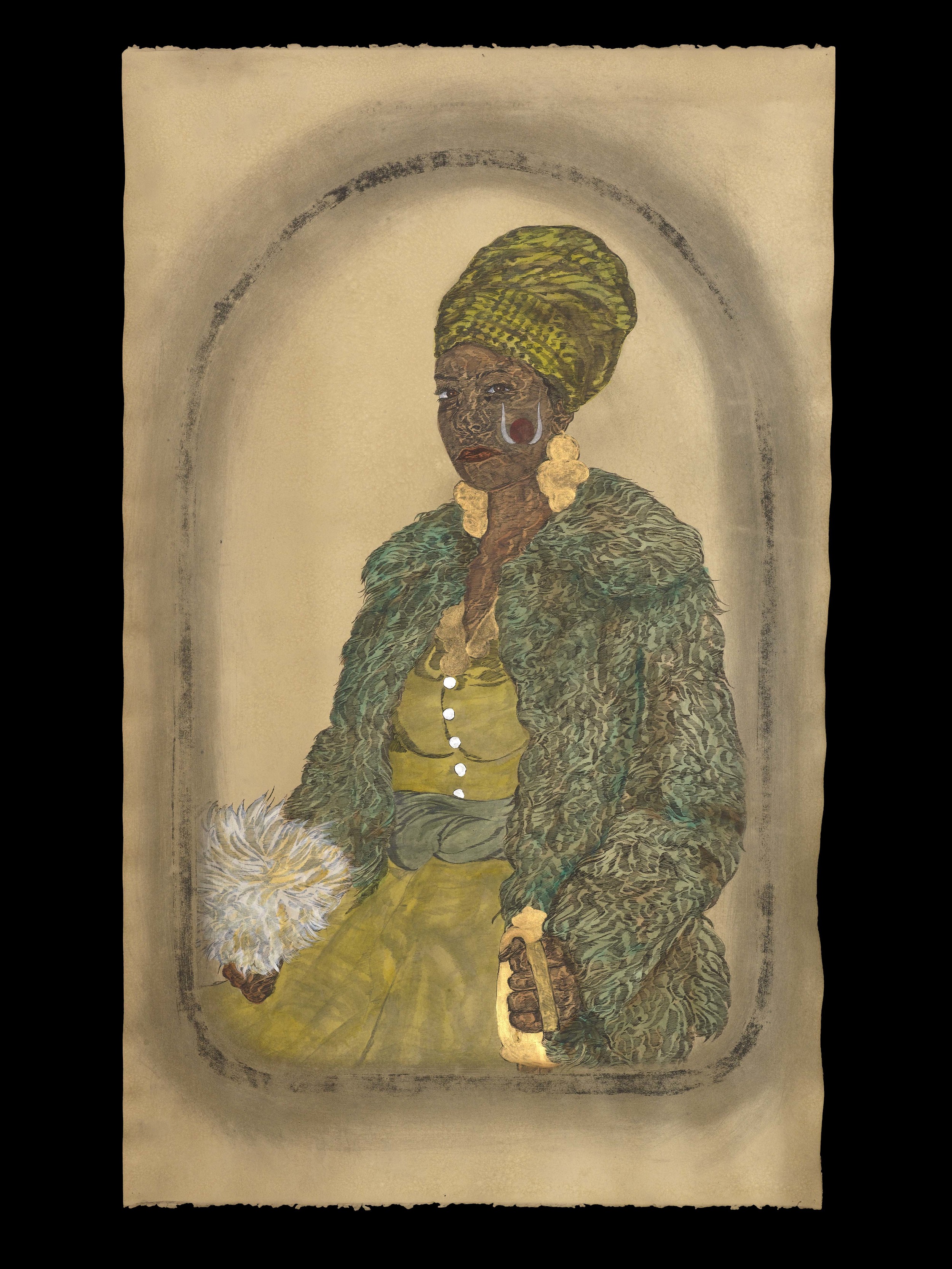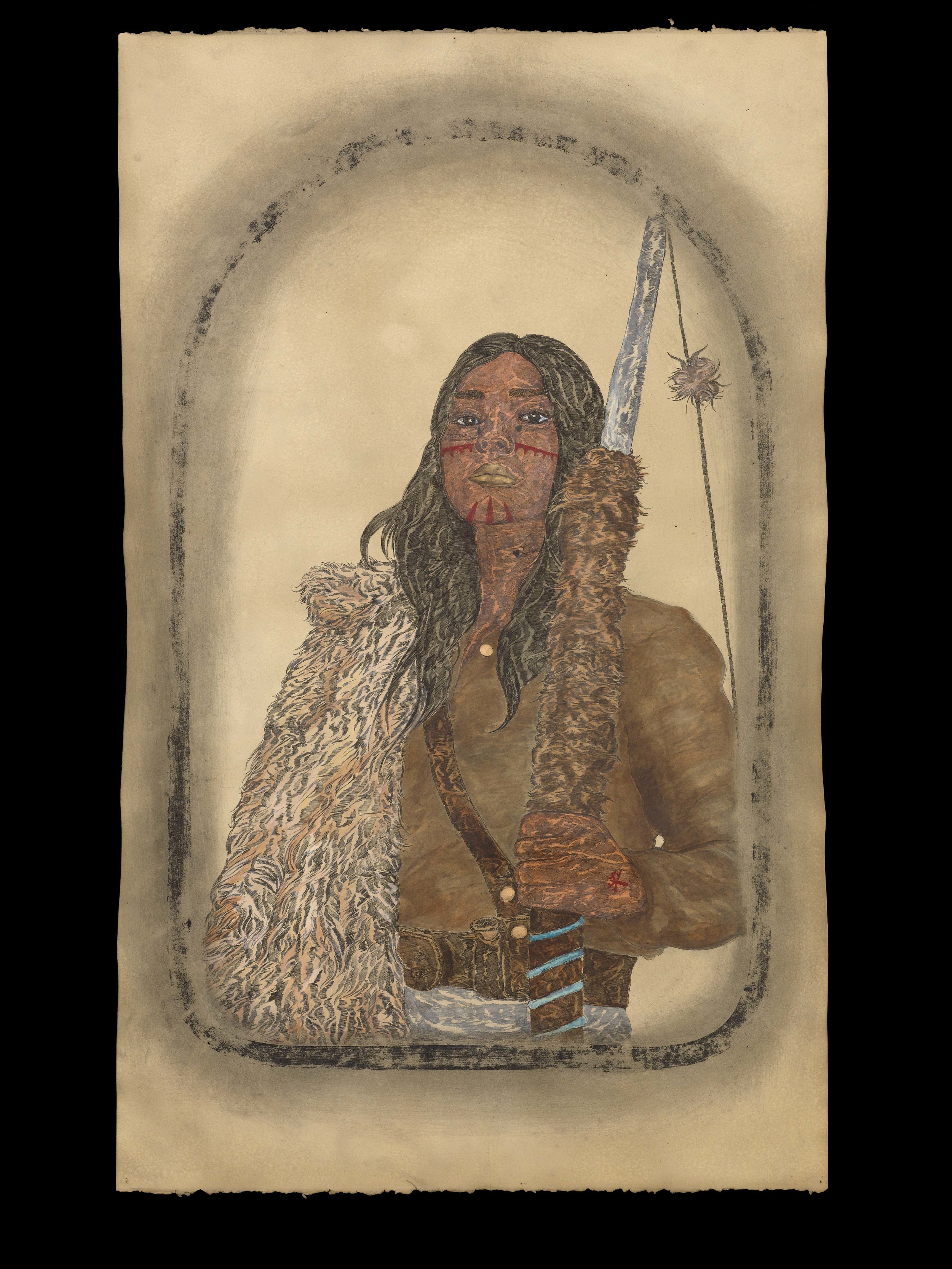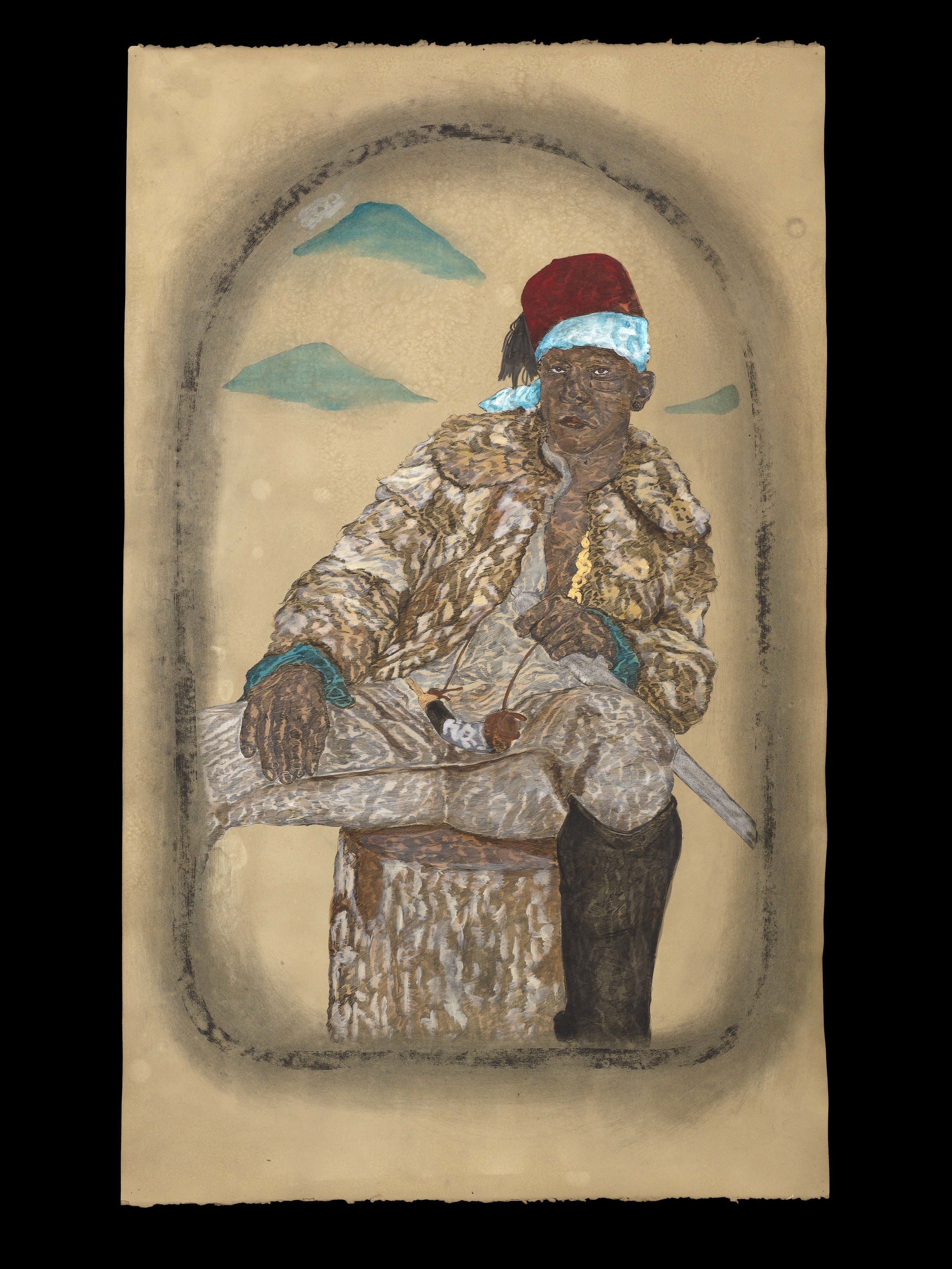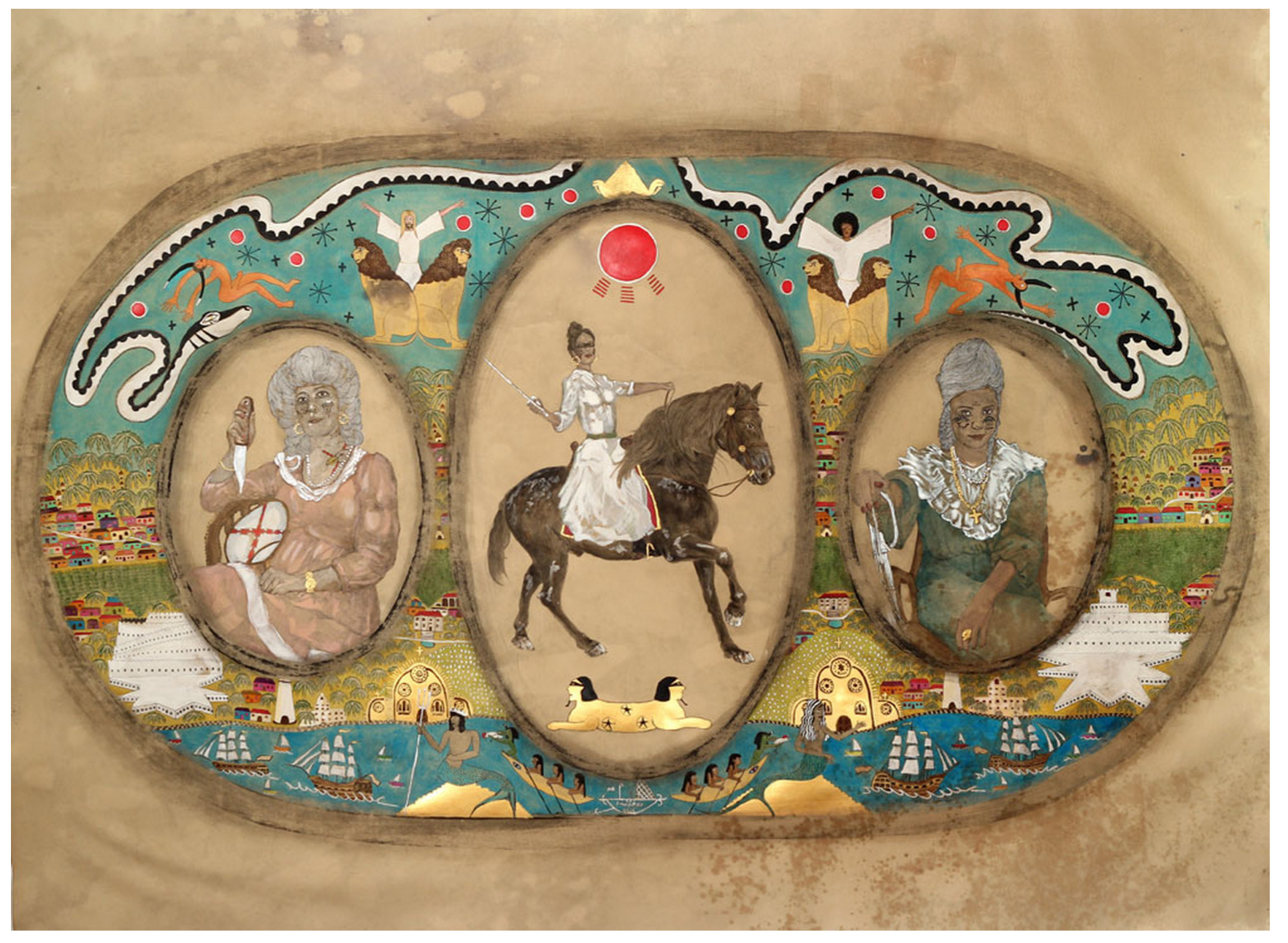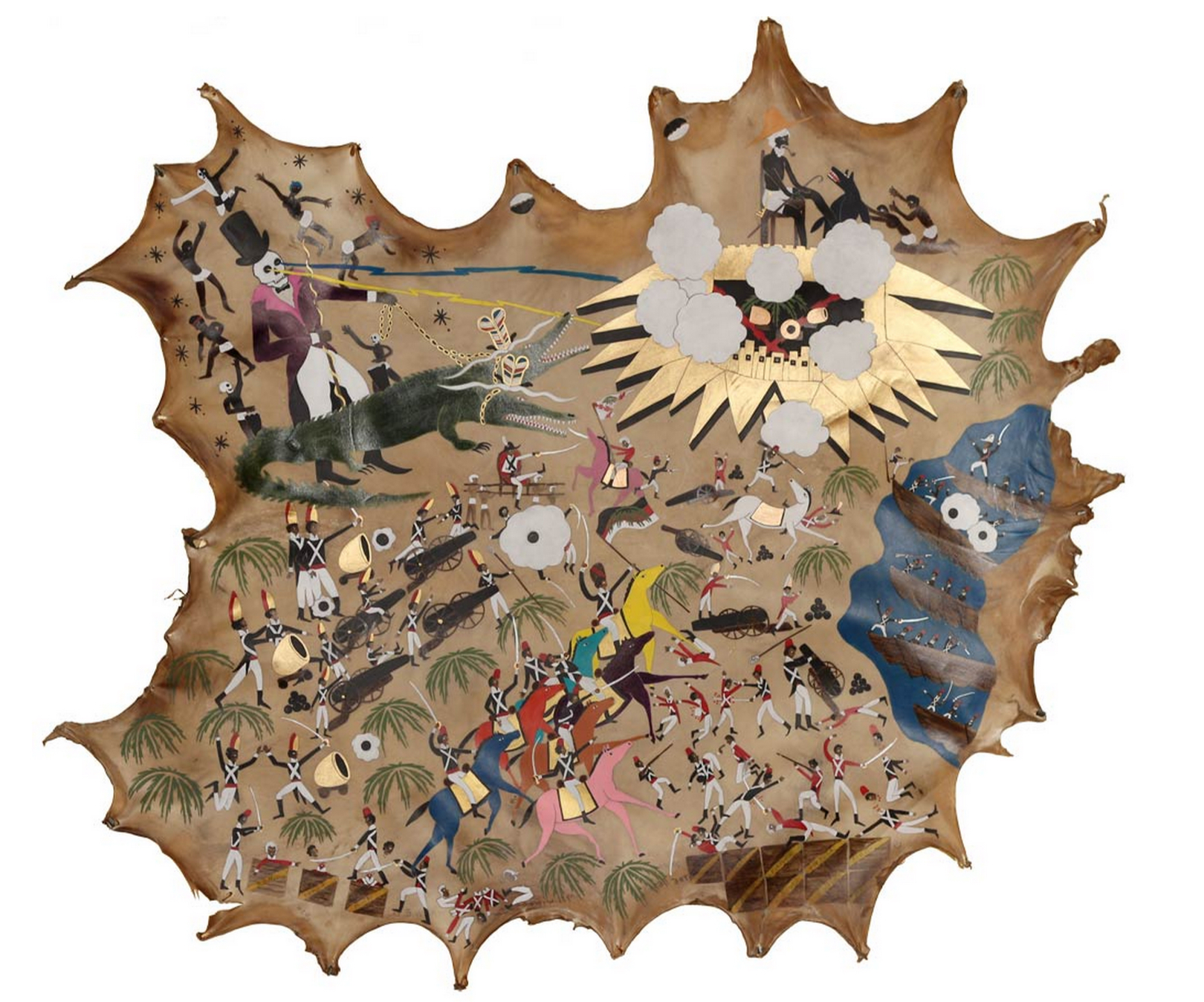(4) Bugi man, 2014. Giclee print, 145cm x 110cm
(5) The Re-Introduction of Australian knighthood, 2014. Giclee print, 145cm x 110cm
AA: I like the ambiguity of the title. My brother, who's also an artist, he hates ambiguity. But I really love it. I like a sort of flux in what I'm trying to put across. Siege is an example, talking about this colonized group as under siege, but also the audience is under siege by these works, by these large groups, and sort of playing around with our flux. And I'm not putting my foot solidly in either camp. Does that make sense?
N|A: I'd like to unpack that a little more, because obviously I know the work was kicked off as well with the London riots; you said you made it for London. So can you go into that in a little more detail, who these characters are, what that mentality of watching is?
AA: The characters that I'm portraying, one of the works about halfway through the series is called "A Disaffected Byproduct of the Colonies." And that pretty much sums up who these figures are, and what I'm trying to represent. The riots, an example like the civil unrest of the Arabs, the Arab uprisings; they sort of, appeal is the wrong word, but I am attracted to them in that they are these efforts by a frustrated mass of people that potentially don't have the access to means and ways of changing things, making things better for themselves. Like a last-ditch attempt. What really got me interested in them was the Cronulla riots in Sydney. I don't know if you've heard of those riots in Australia, but they happened in 2005. You can see it on YouTube, it was a race riot, like 2-3,000 white people marching up the beach attacking anyone who's brown, dark skinned. That happened while I was at art school, and that really stuck with me. I've been keeping a close eye on those things. I don't know if I skirted your question.
N|A: It's not really a direct question; obviously your work challenges everyone to think about these things. I was just thinking about it, how it worked. You've got the affectation of the mask; the clothing choices from the track suits to the religious garments. How does that work in the work?
AA: The track suit for me is the uniform of disaffected youth across the world. It's a signifier that I can latch onto and I think it's immediately effective, playing with contradictory signifiers. So getting a couple of signifiers in the one image and the tension that it creates, people can engage in that tension and can push people into different directions. The work in Siege is confrontational and has the potential to be quite insulting to people. I’ve had a lot of discussions within the Muslim community with people finding the work potentially offensive.
N|A: Which is that first point of confrontation that I’m talking about. It is a visualization of that racist image, I mean, horrifyingly. So there’s been an interesting conversation in the community itself. How’s that played out?
AA: It does take a conversation. If people were to see it out of context, it could go either way. But I like that risk, that danger, where if you didn’t have the context you might read it completely differently. In a way I think that’s more exposing, useful that saying “This is what its about.” I did a work in 2011 based on an Australian bumper sticker, and you’ve probably got them in the States as well. But it’s in the shape of Australia, and it just says, “Fuck off, we’re full” and you see it on the back of cars, and it’s a xenophobic thing. I find it quite offensive, maybe it’s talking about me, about my mother. And to engage that I turned it into a lightbox, I made it really big and made it glow in the dark so people couldn’t ignore it. But I also provided it without context. And at the opening this old guy came up to me, saying, “You’re right, we are full,” and that’s not at all what I was trying to put across. But I liked that that potential reading was there.
N|A: That’s what’s interesting to me in the images in a piece like that is that you’re bring that out in the conversation in the open, sort of forcing people to choose sides. And the title is what gives it its context and flips the title Siege into something else. It’s described on your site as being a poem. Was it written as that and then attached to the work, or written for the work?
AA: They sort of came together at the same time. There were a few statements, like “You see monsters,” the first one, “The Disaffected Byproduct of the Colonies” is another one that wasn’t necessarily going to be part of it, but then just sort of floated in. Those were the basis for sort of filling in in-between, and the images were married to those. I had the first titles and the brought them together.
N|A: How do you generally view these intersections between image and text in your work? It’s a common thing you’re playing with.
AA: I think it’s vital. The text or the title is as important as the work is. I came across a New York painter, I can’t think of his name, but he did these really beautiful paintings of the city, cityscapes, very quiet paintings, no figures in them, just these buildings. But the titles of the works were the headline of the day, which were quite graphic and full on. And with this peaceful image combined with a full on title—that stuck with me ever since, that these two things can work together so strongly to shape the context.
N|A: So it’s been something that you’ve always played with. What you’re working with is so text based, like conversations, directly linked in that way. And you give speaking tours. Do you find yourself as you become more well known as this political artist? Forcing you to talk about things more?
AA: I think I have a responsibility or at least an obligation to speak on behalf of the work. I could never be a spokesperson for anyone else, I’m clear stating that, I’m not going to speak on behalf of the Muslim or the non-Muslim communities. My work is coming from me based on personal experiences mostly. I find it useful to speak about it, it’s interesting to have these conversations with people that I might not have. I find it kind of funny that people want to hear what I have to say.
N|A: Your work, especially this series, is really present, really dealing with things that have come from your context and things that are going on now. Are you looking at historical representations, like those pictures of, the historical ideas of marginalized people and race and identity?
AA: More and more so. When I was first engaging in political ideas in 2011, something I was always interested in doing but really started feeling more confident with it more recently. At first I was looking at the Australian experience, but now I’ve been reading more and getting a broader understanding of the historical context of it all, understanding the history of colonization, the history of the other all across the world, but looking more at people like Edward Said and Franz Fanon, and the autobiography of Malcolm X, these pivotal historical figures and their discussions, these are becoming more and more of an influence.
N|A: Are there contemporary writers of similar stature that you’re reading? I’m thinking of something like “Fanaticism: on the uses of an idea” by Alberto Toscano?
AA: I guess the focus is really on writers of a few decades ago. I’m catching up.
N|A: I had a question about the marginalization. Every one of the images is the lone figure. I was wondering how that related; was that an accident, or is that something conscious?
AA: There a couple of shots with a man and a woman.
N|A: Right, the one, the woman is turned away from the camera.
AA: It’s not an accident, but there’s no specific contextual or perceptual reason why I’ve done individual shots like that, other than compositional. When I’m constructing it the way I want to construct it, to have a particular focus point, I want to limit the signifiers that are in there. Contain them in the one body.
N|A: It makes them so powerful as a unit, because of the individual units comprising the larger 10-piece poem.
AA: It’s seeking to control the audience’s gaze.
N|A: The whole work, that’s what it’s really about, controlling gazes and what it means to control gaze and who has agency in that regard. So what is the work you’re shooting today?
AA: This is a little broader, using the motif of the bad guy but not looking at any marginalized or ethnic group, religious group, but using a balaclava. The main image that I’m working on is a bride on a beach, with a white wedding dress with a white bouquet, but also a white balaclava. It came from a comment I heard recently on the news, in regard to what was happening in Gaza, someone talking about terrorist babies, that their choice has been removed. It led me to the idea of a terrorist mother and father, with a terrorist child. So it’s my roundabout way of getting to an image that I quite like. I’m still working out the nuts and bolts.
N|A: How long does it take to construct a piece like this? What is the process? Does it begin with drawings, sketches?
AA: It begins in my diary, I scribble away and draw things and write a lot of notes. Once I’m happy with the composition and the elements that are going to be in it, I sort the material. And coming from Perth, which I think is the most isolated capital city in the world, there’s not much going on here. So a lot of my sources are from overseas, I get it online, then join together with my photographer David Collins, and we produce the work.
N|A: And you hire actors?
AA: I’ve got an actor here at the moment who’s going to help me, she’s going to be in the bride image, but the male figure is usually always me.
N|A: Is that a practical choice or is that part of the composition?
AA: You could say it’s a bit of both. It is for me part of the conversation in that I feel that to maintain that sense of integrity I need to be in the work. The risk of the work needs to be shouldered by me as opposed to an actor. There is a lot of criticism of it, and I’m very wary of the idea of exploitation, and I figure that if I’m in the work and it’s me that’s presenting myself, then I’m only exploiting myself.
N|A: Does that become trickier when you talk about going to England or America and sort of adopting things that are more international?
AA: I think it is. I was looking at the London riots, and for me none of the images were specifically English. When I go international, I have to be careful of the signifiers that I use. Like the Australian flag or the Southern Cross or images that I’ve used before, they aren’t accessible to a foreign audience. So I have to open things up a bit.
N|A: You said you haven’t done any of the work for the New York show yet. But have you begun research for that work; is it going to be photography based?
AA: It will be entirely photography. And I’ve begun researching. It’ll be on the same sort of themes. This bridal work might be part of that series. It’s all up in the air at the moment. With this American show it’s not like I’m softening what I do. Like someone told me before, that what I want to do is punch people in the face beautifully. Like slapping someone with a velvet glove. At the moment what I’m trying to do is work out what I’m trying to say, but maybe make the glove a little more velvet-like.
N|A: With the Ferguson thing going on and the protests now in New York for that, and the recent six year study on American torture that finally came out detailing the numerous ways Americans tortured people. These things, Ferguson and the war on terror are so directly linked, because it was essentially 9/11 that has allowed the U.S. police to become so heavily militarized.
AA: It amazes me how much military equipment American police seem to have, the images I see online, tanks. It’s crazy.
N|A: It all came directly from 9/11 and these police forces in the middle of the country getting money for that stuff to defend us from terrorism. It’s so heavily related that I kind of wondered, especially since your work deals with riots, about whether that’s where you’d be looking.
AA: I’ll definitely be looking at these sorts of things but I don’t want to reference them too specifically. I want to tread very carefully about what images and signifiers represent. I’m also worried about getting into the country. Or getting out of the country.
N|A: One thing that you said, track-suits are the international costume. I think it’s maybe not as much true in America.
AA: I suppose, yeah, that it’s a different theme. I’m imagining like a young French Algerian or someone in London. In America I guess it’s quite different.

